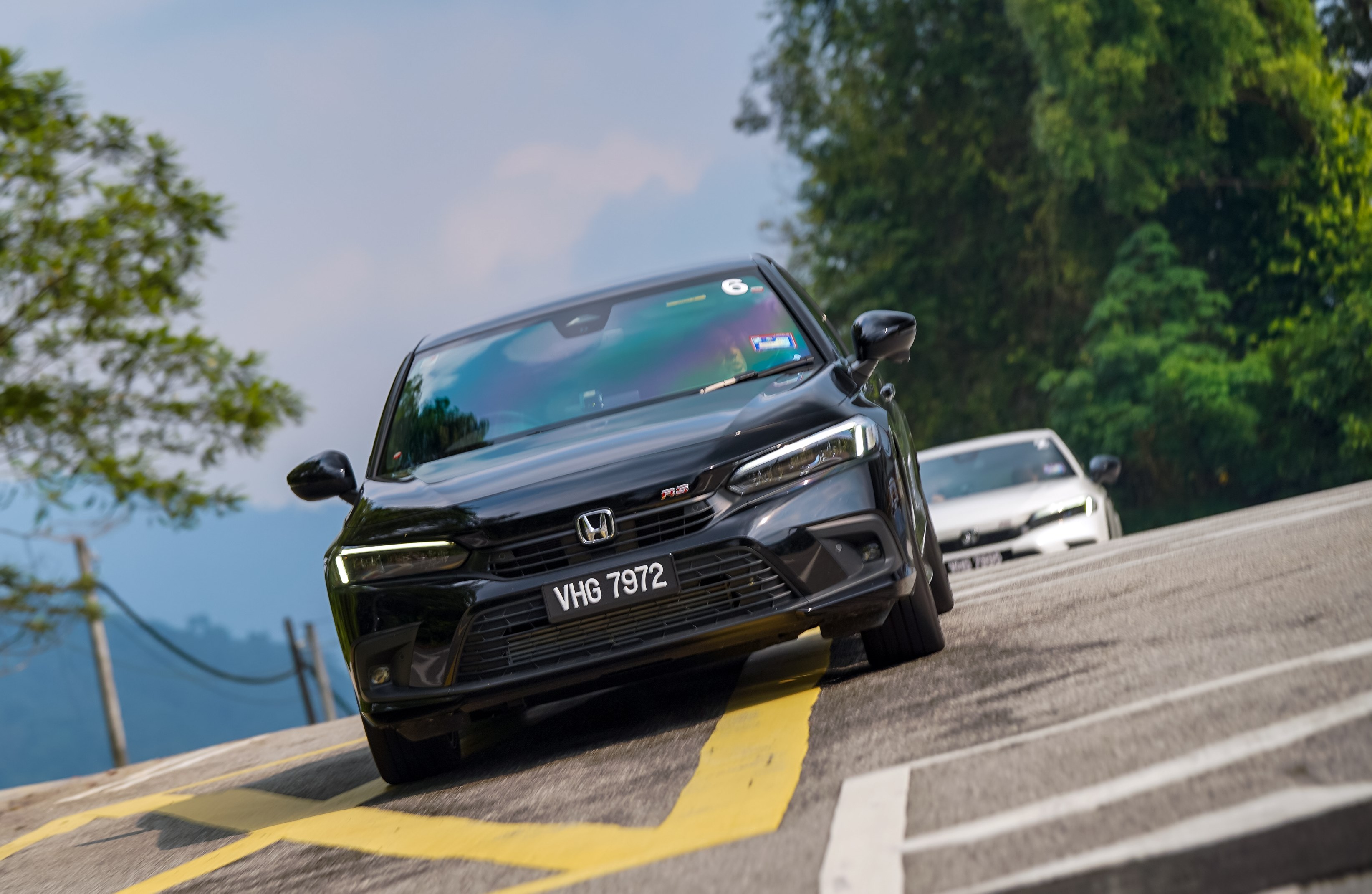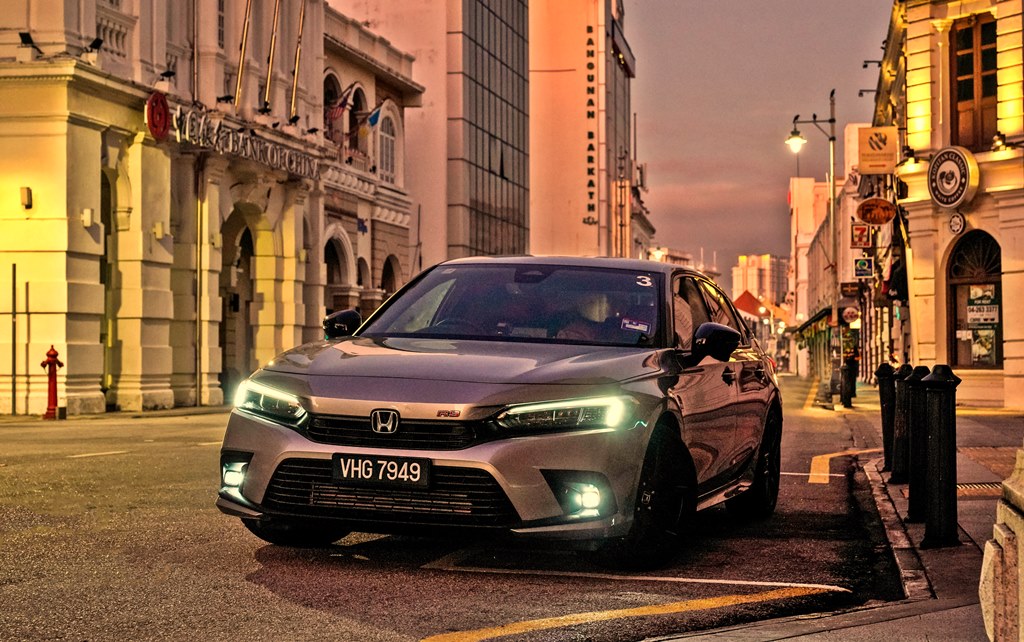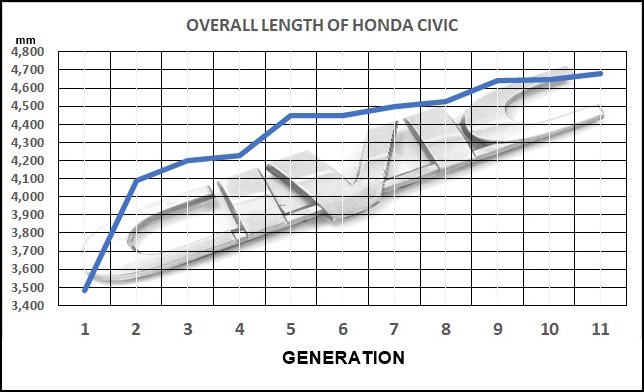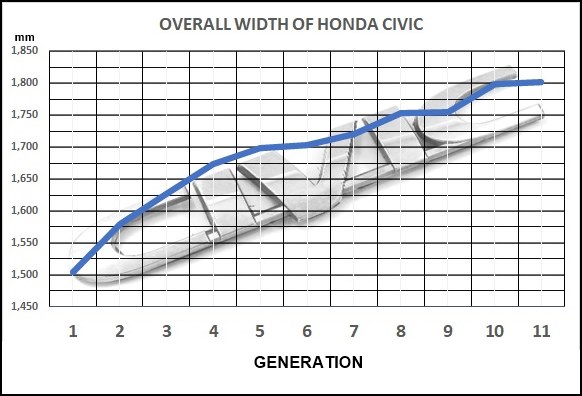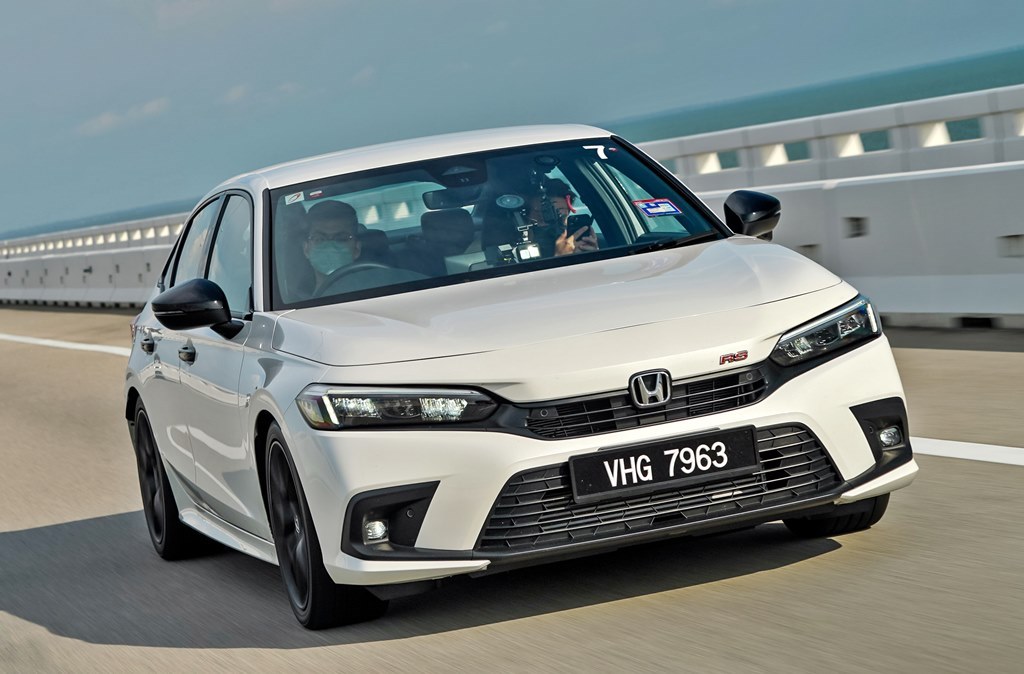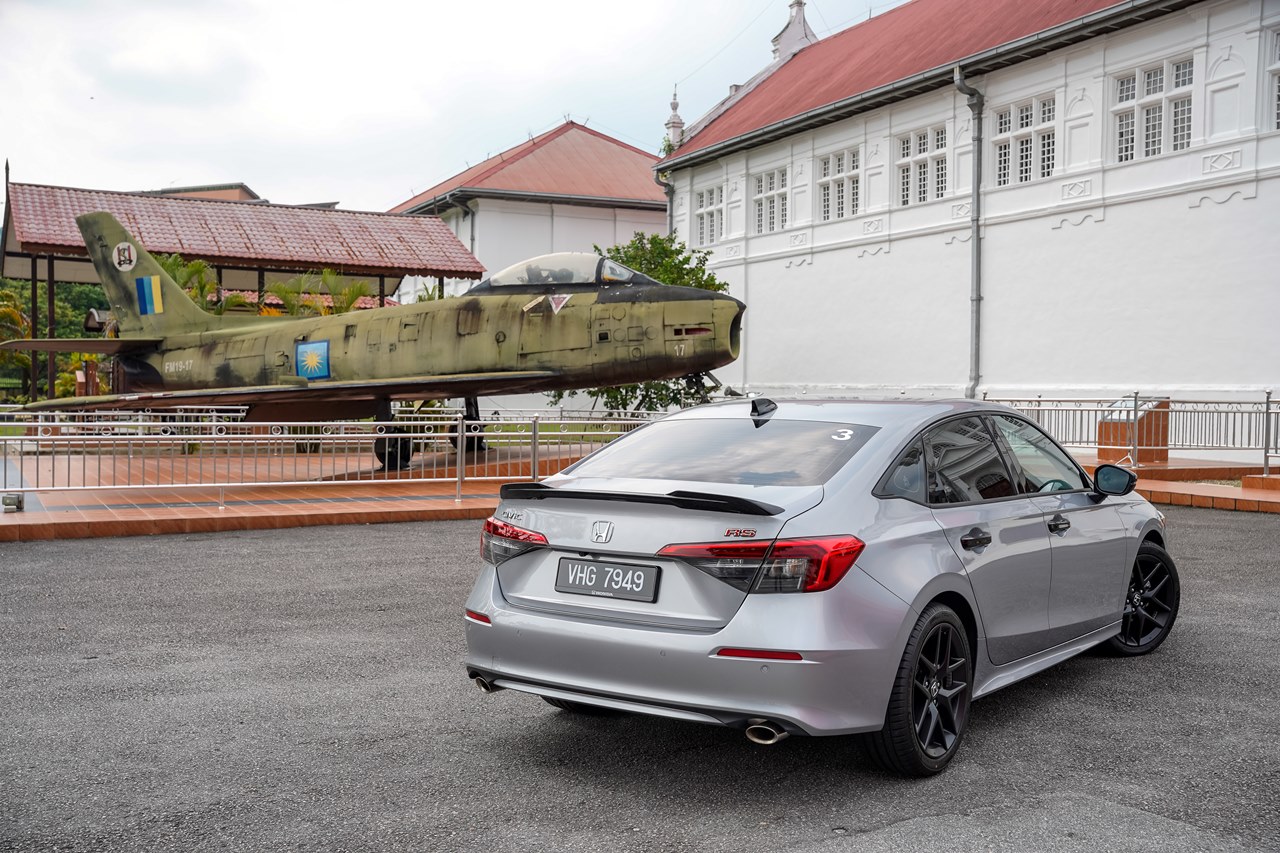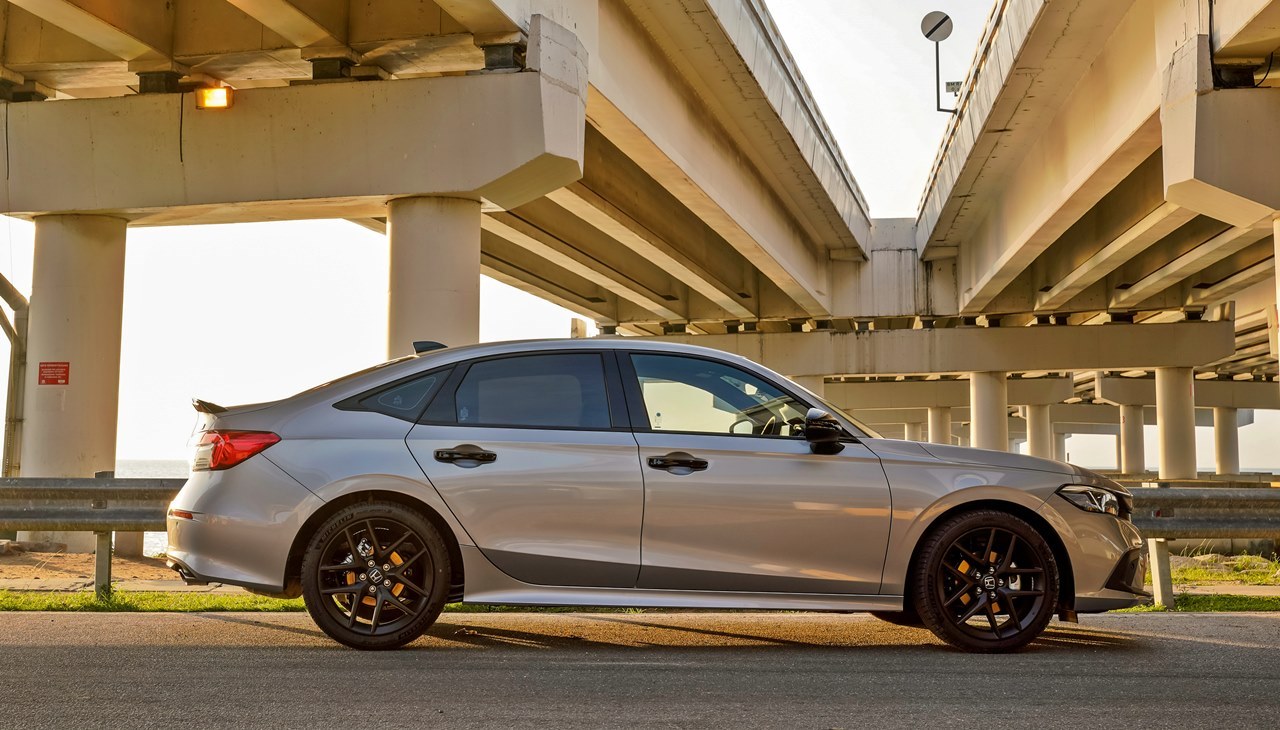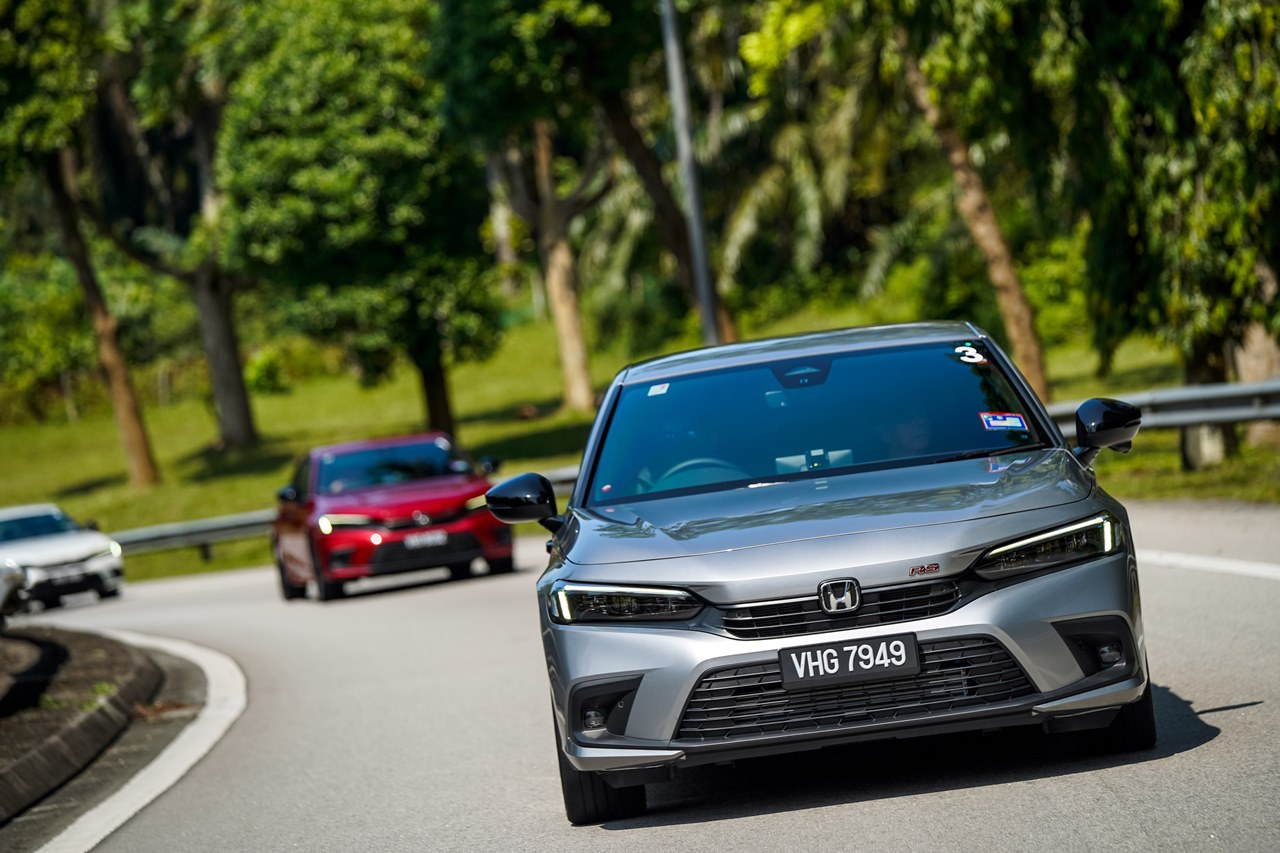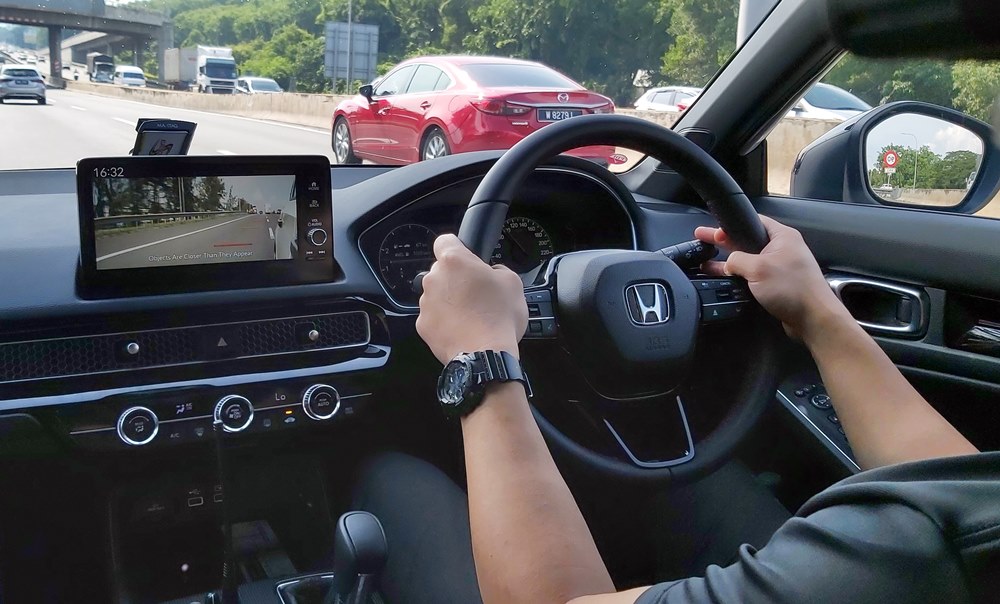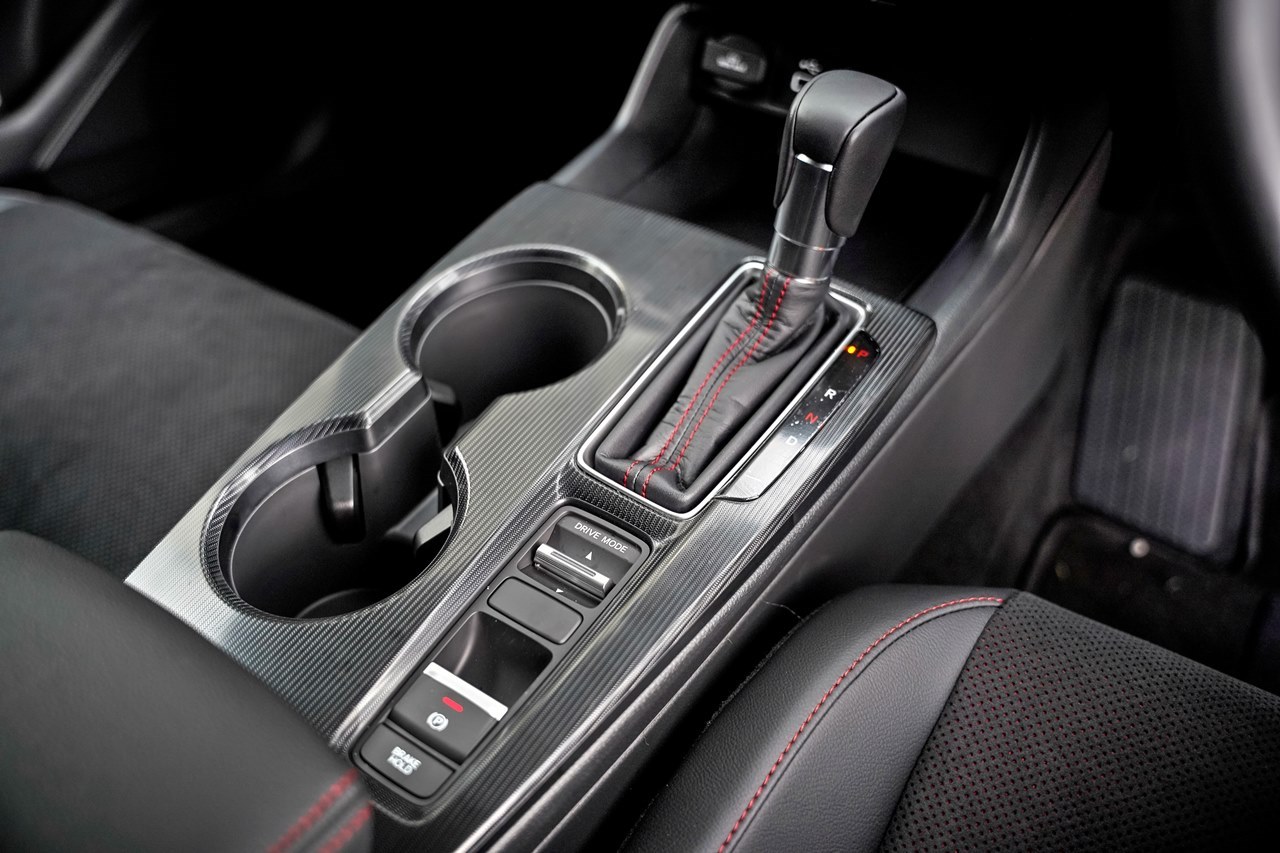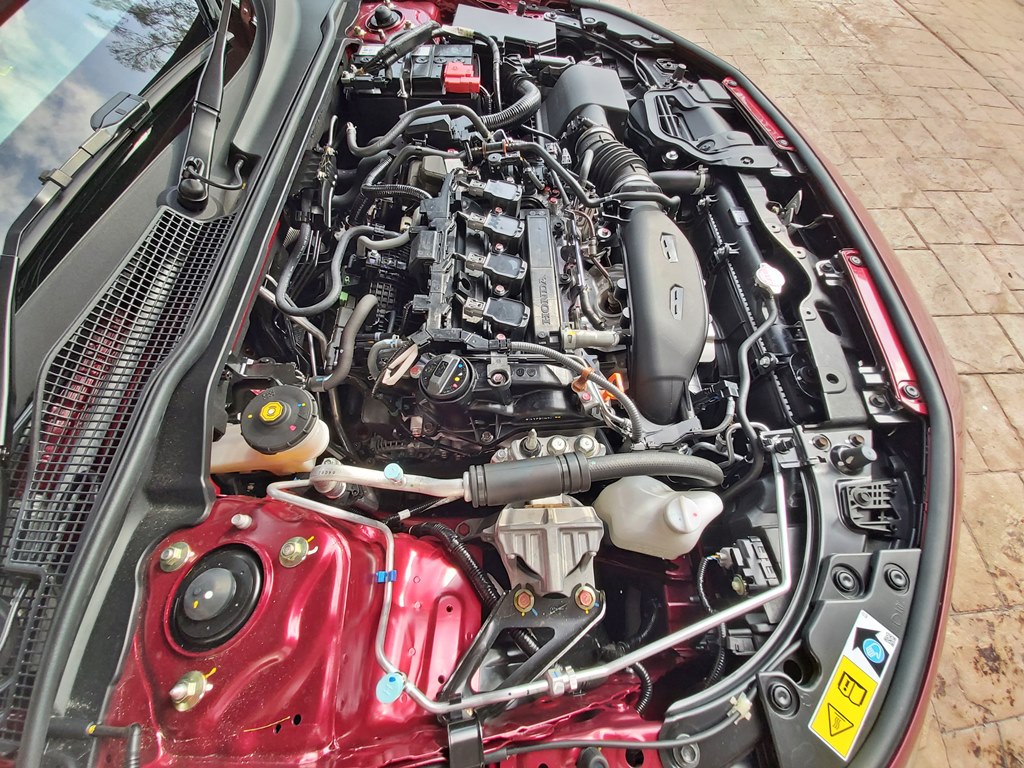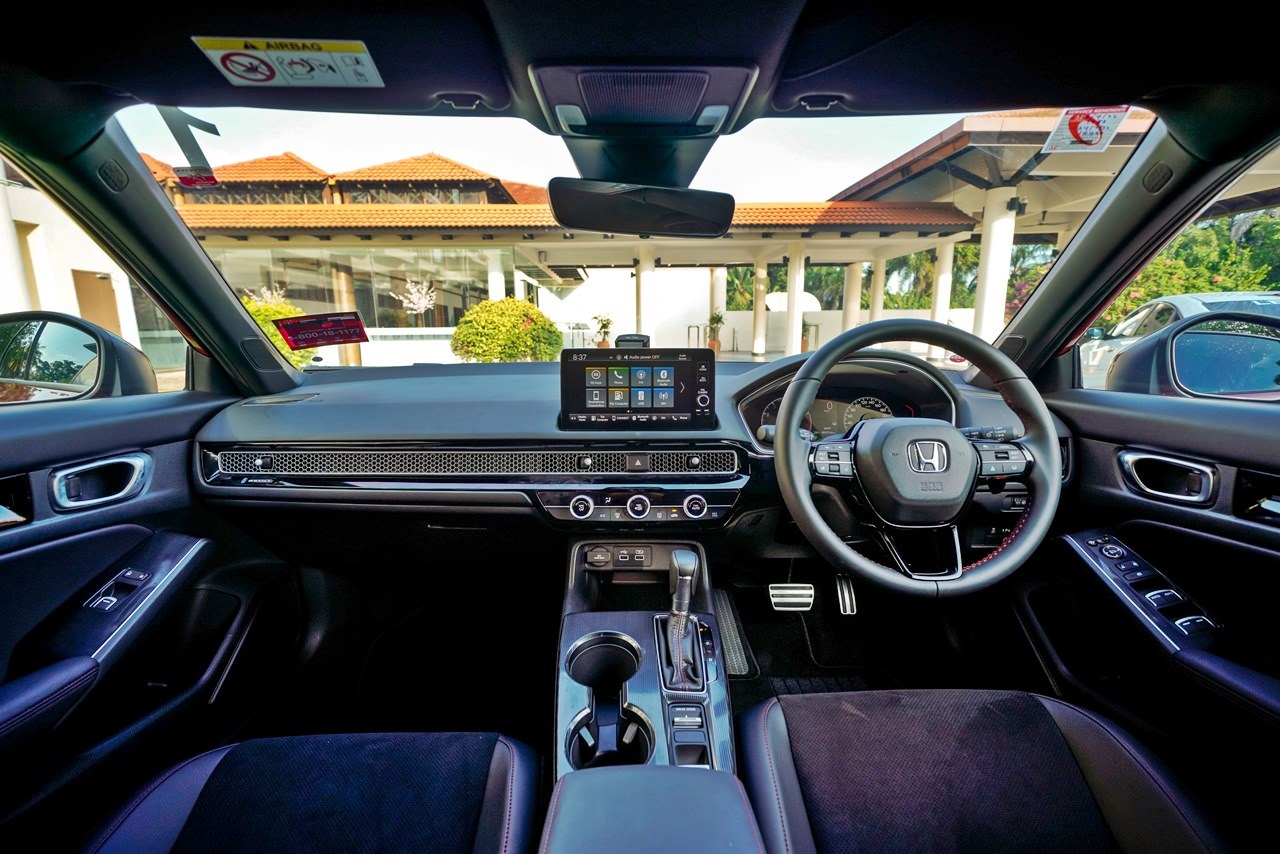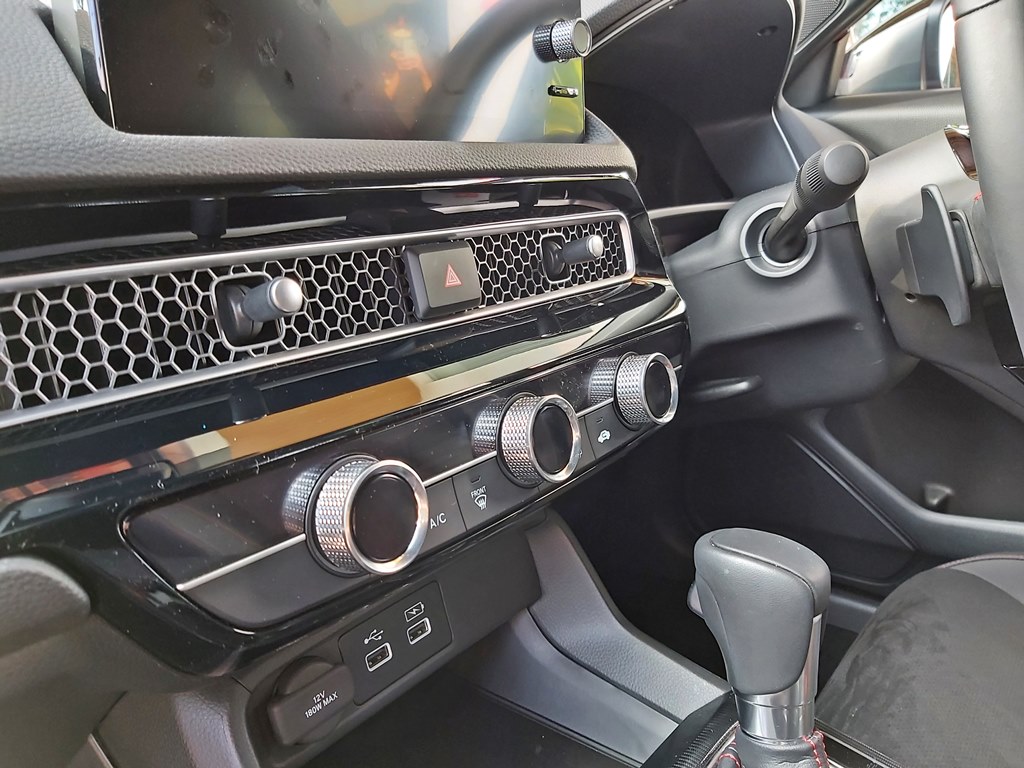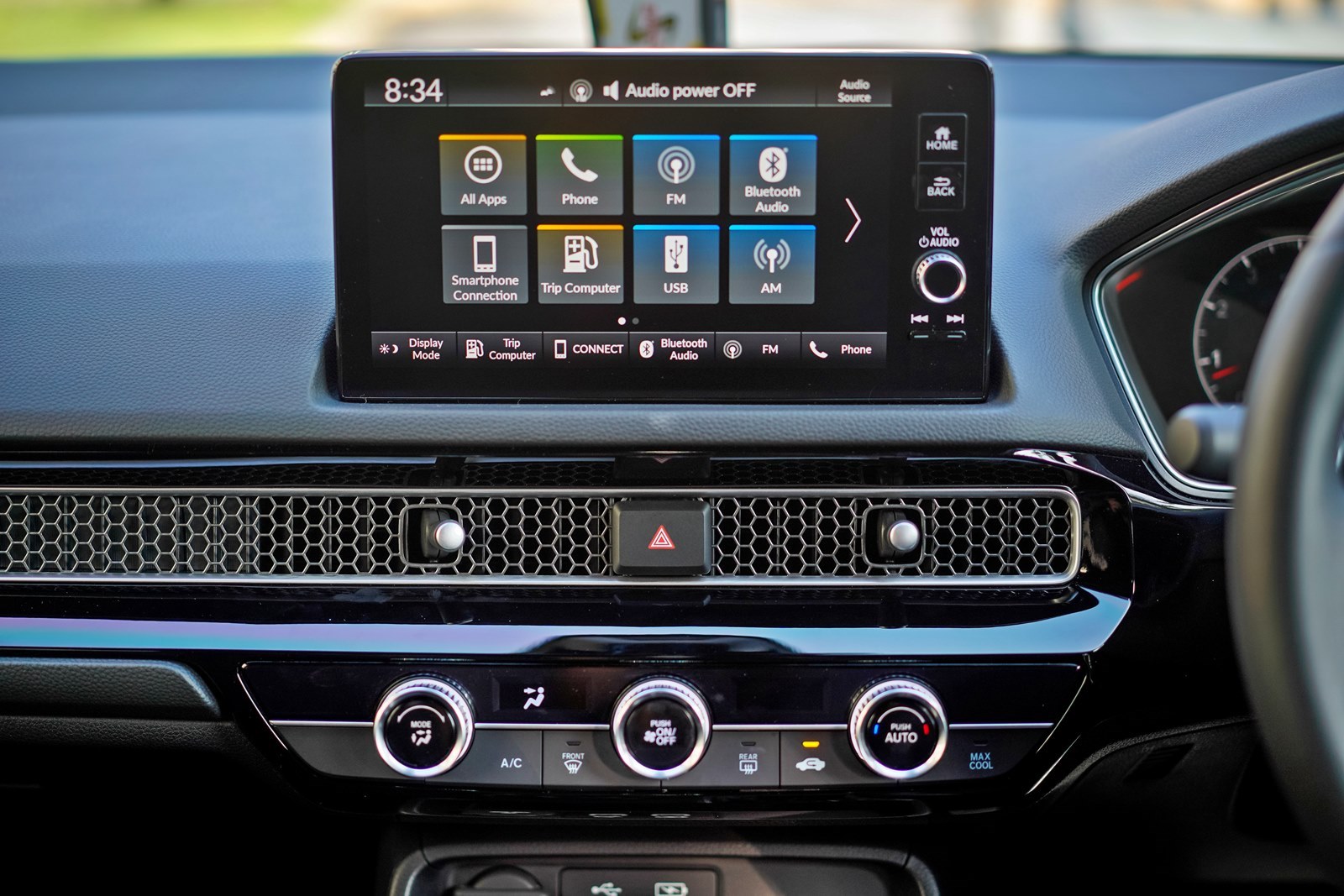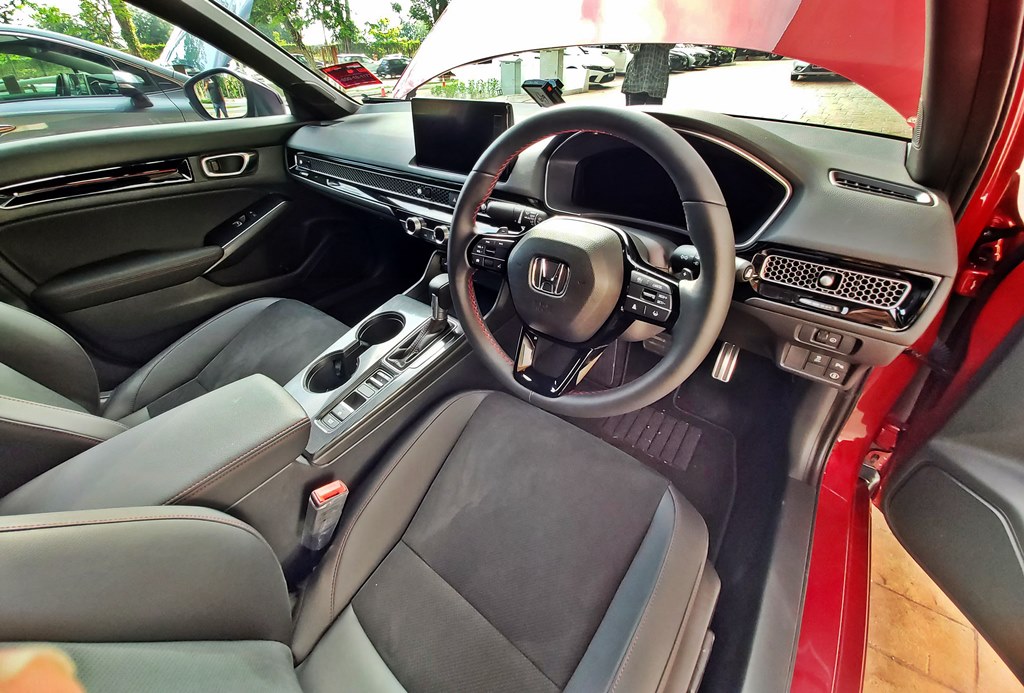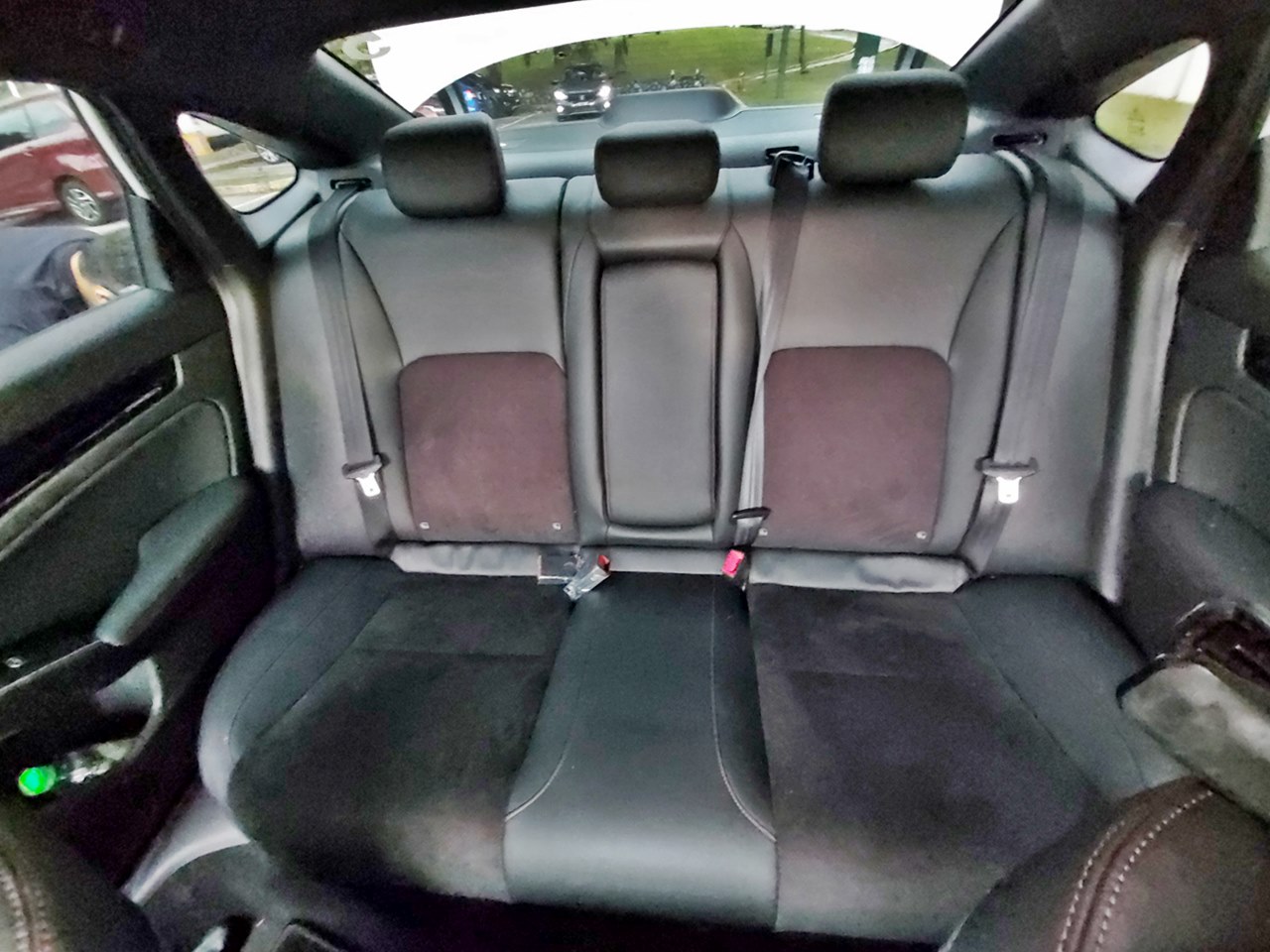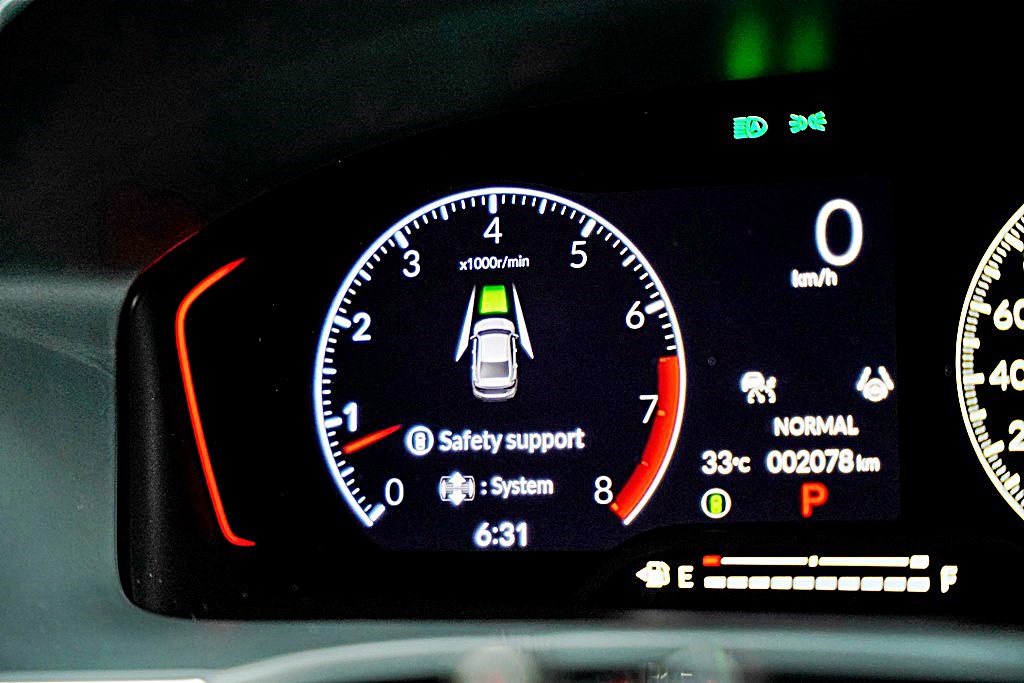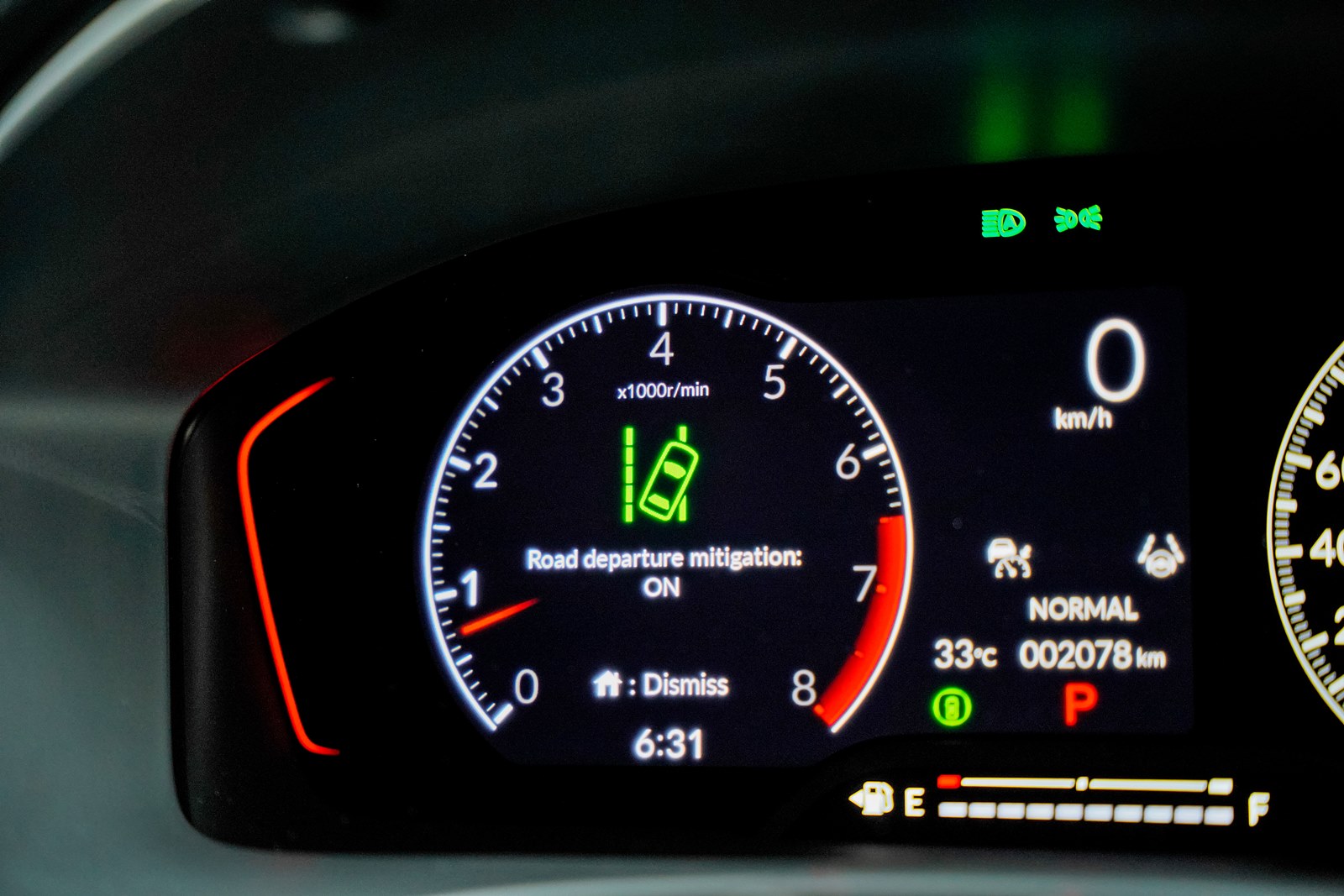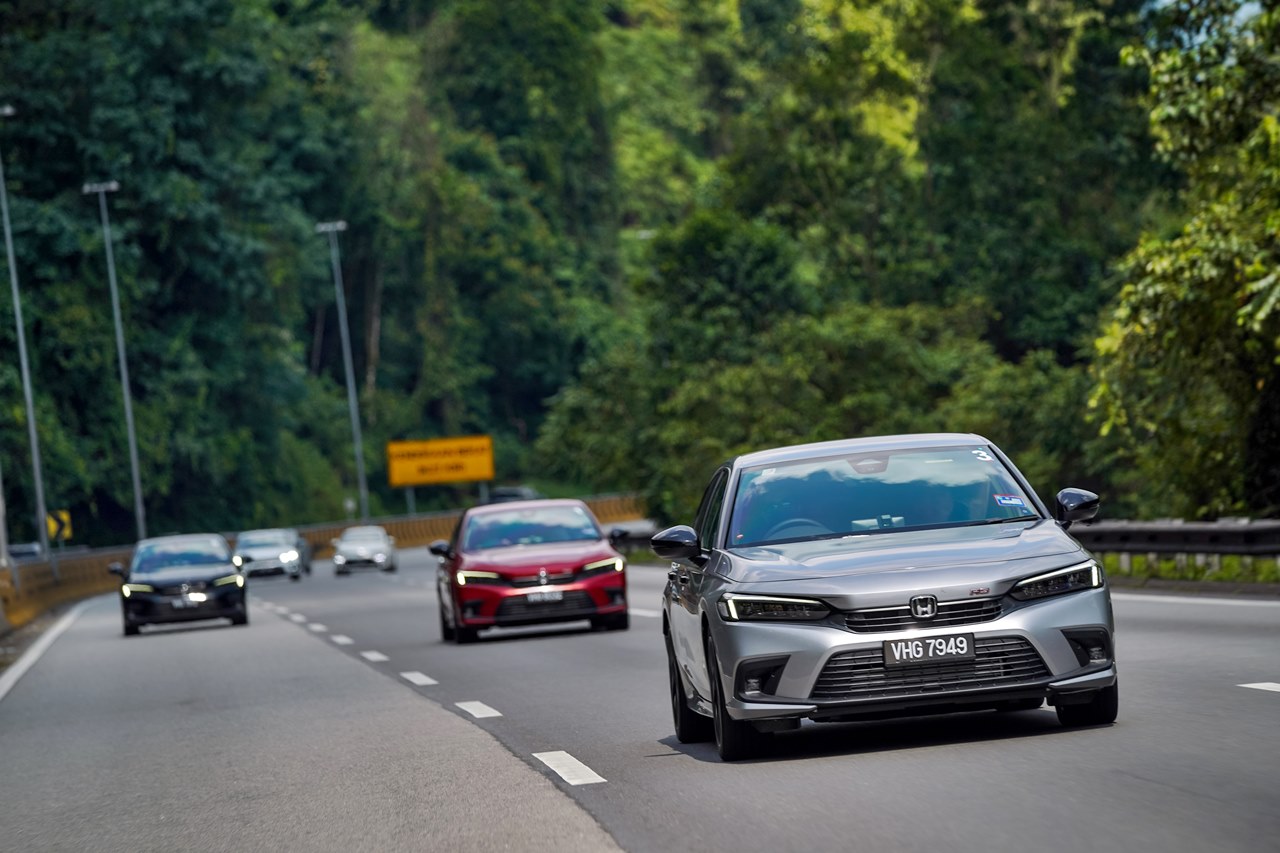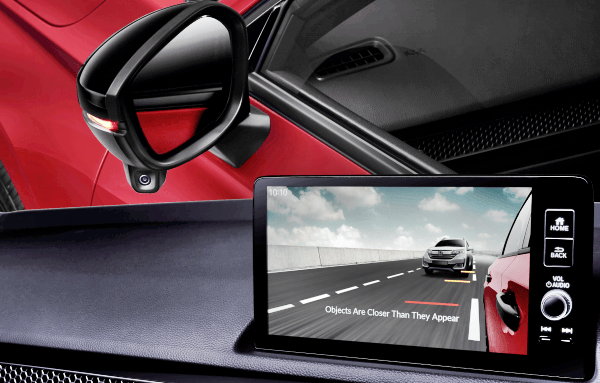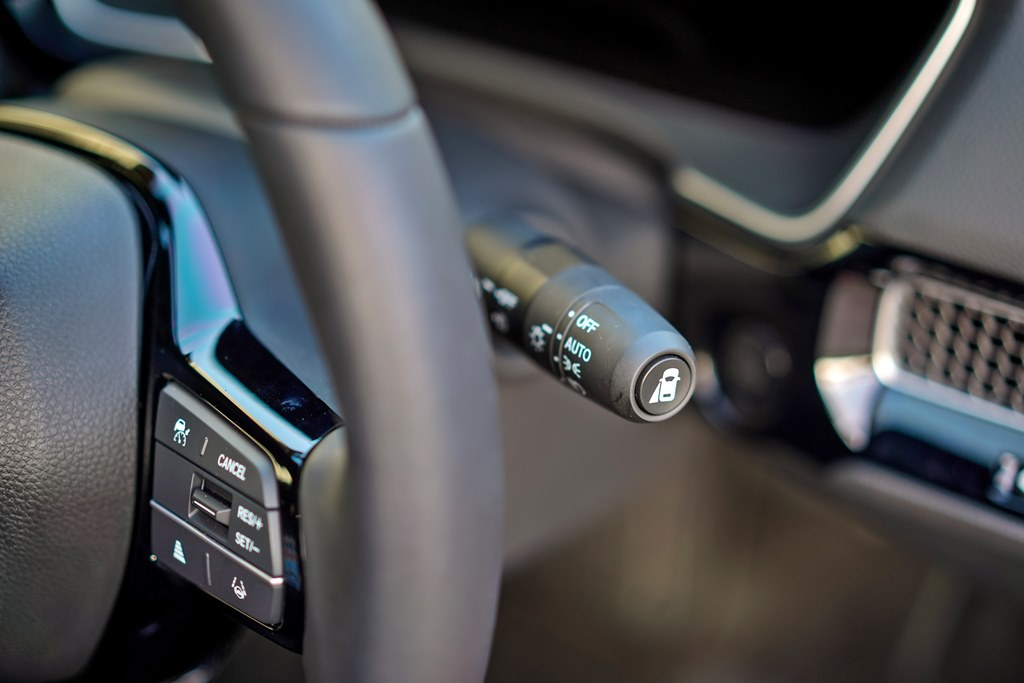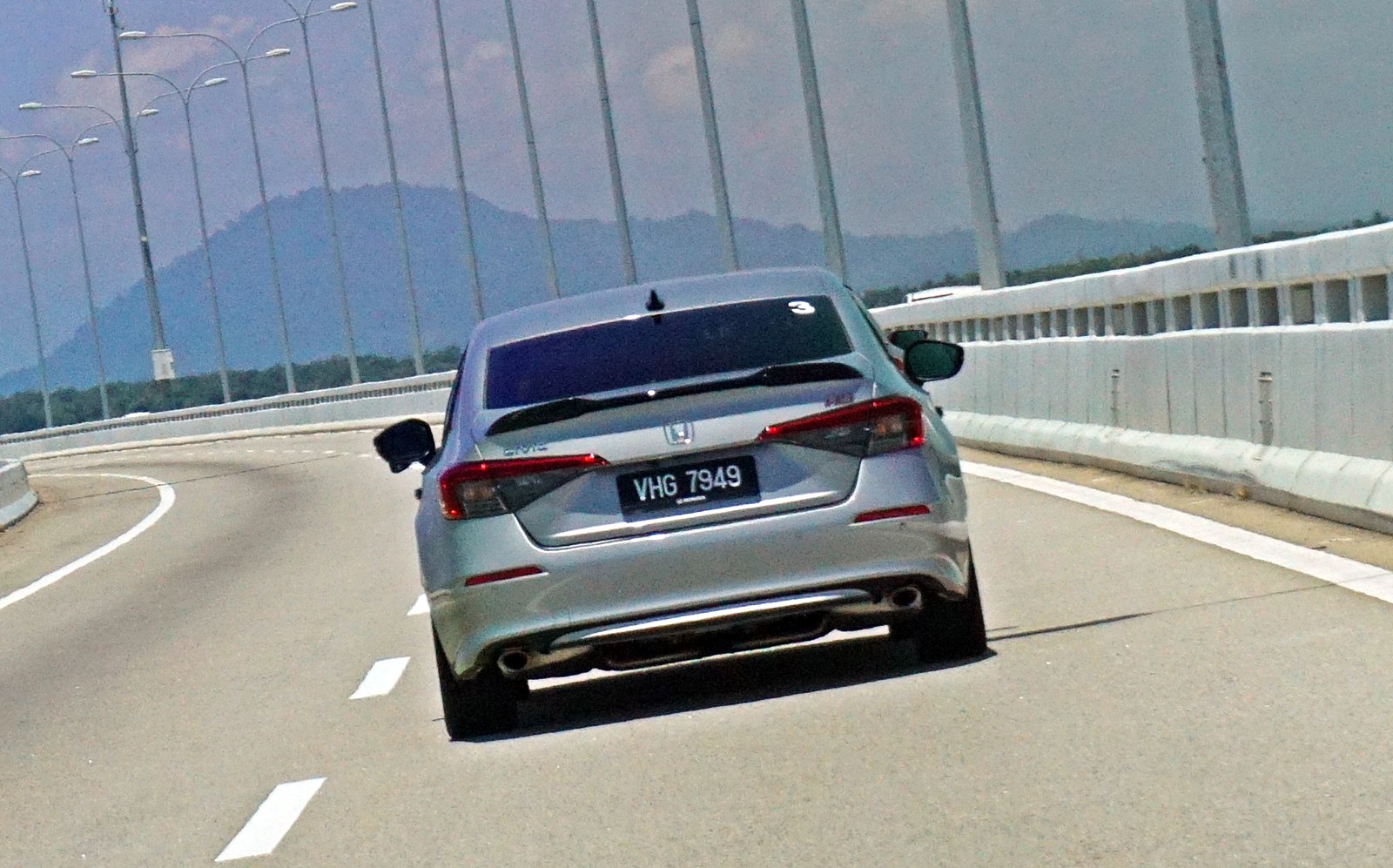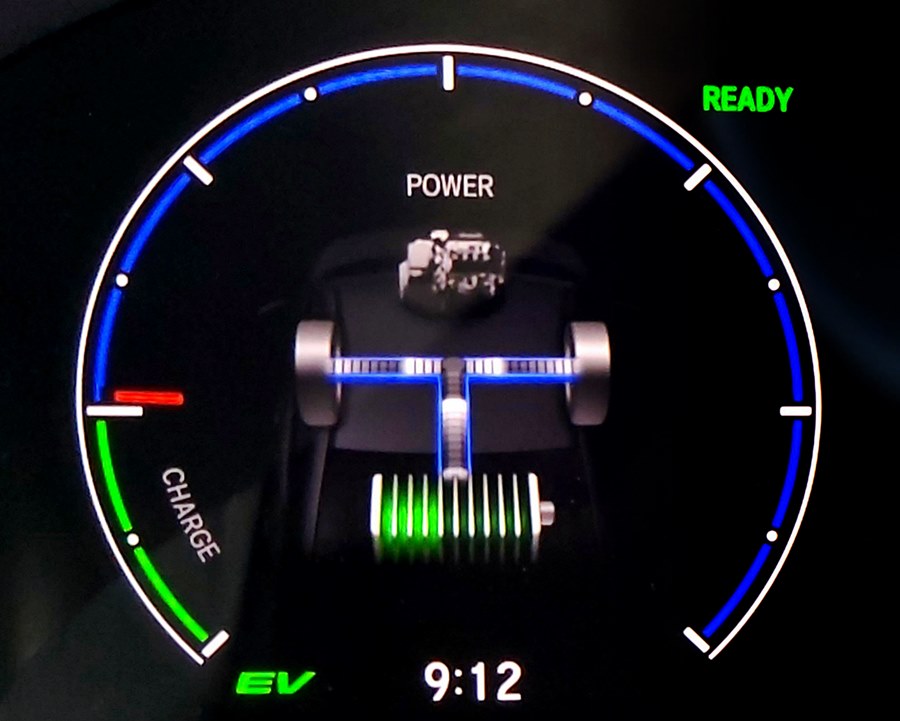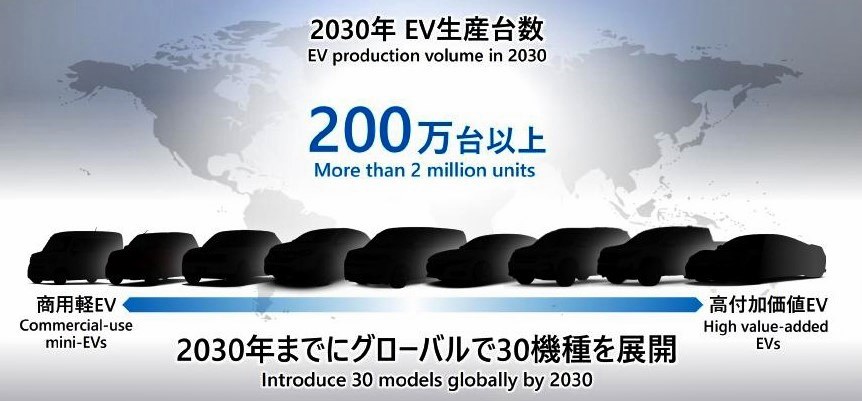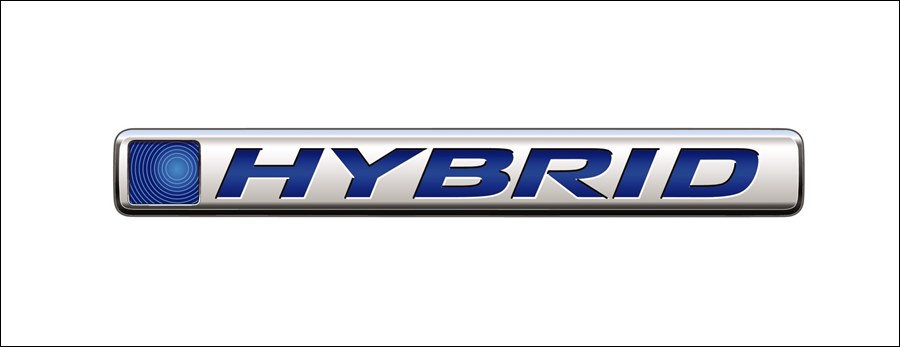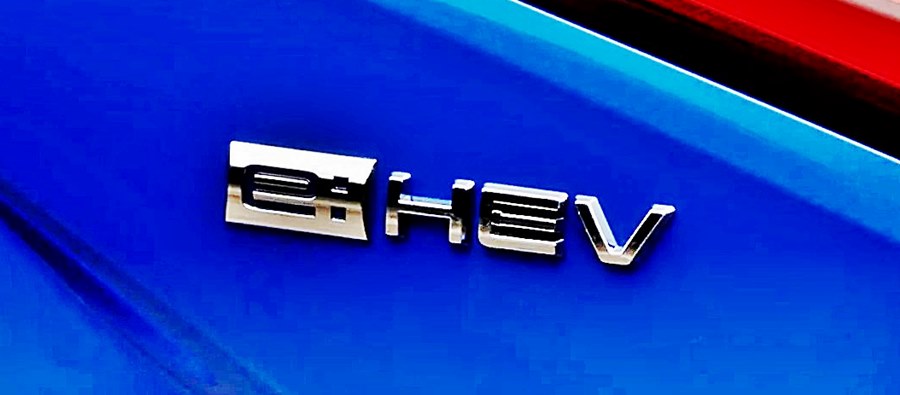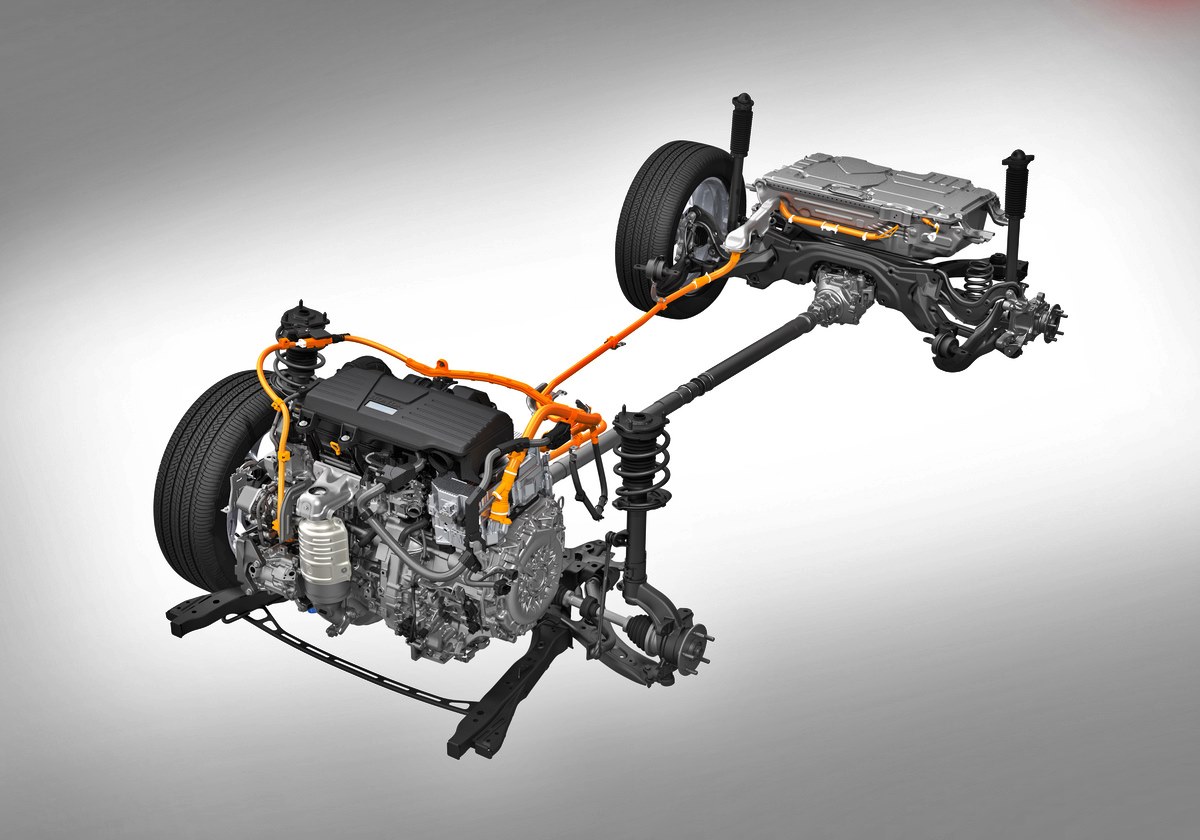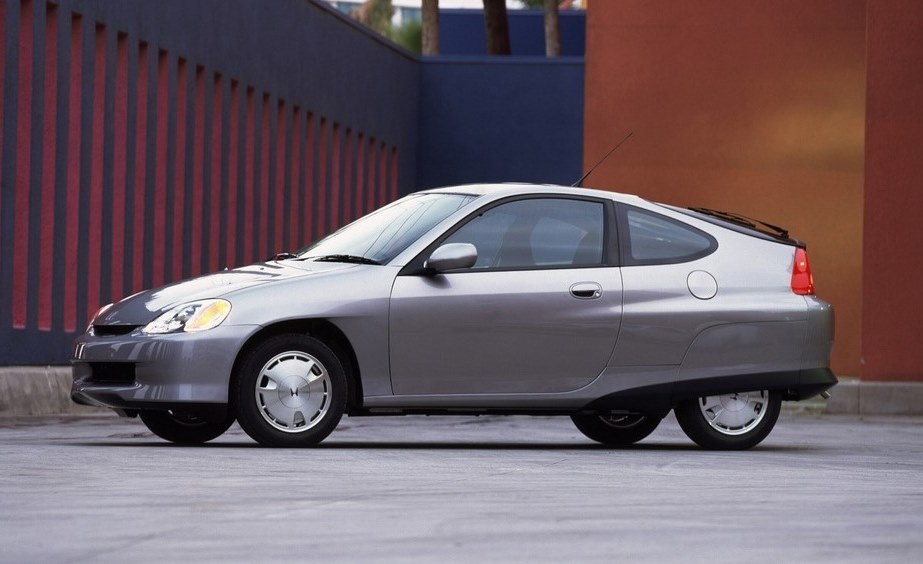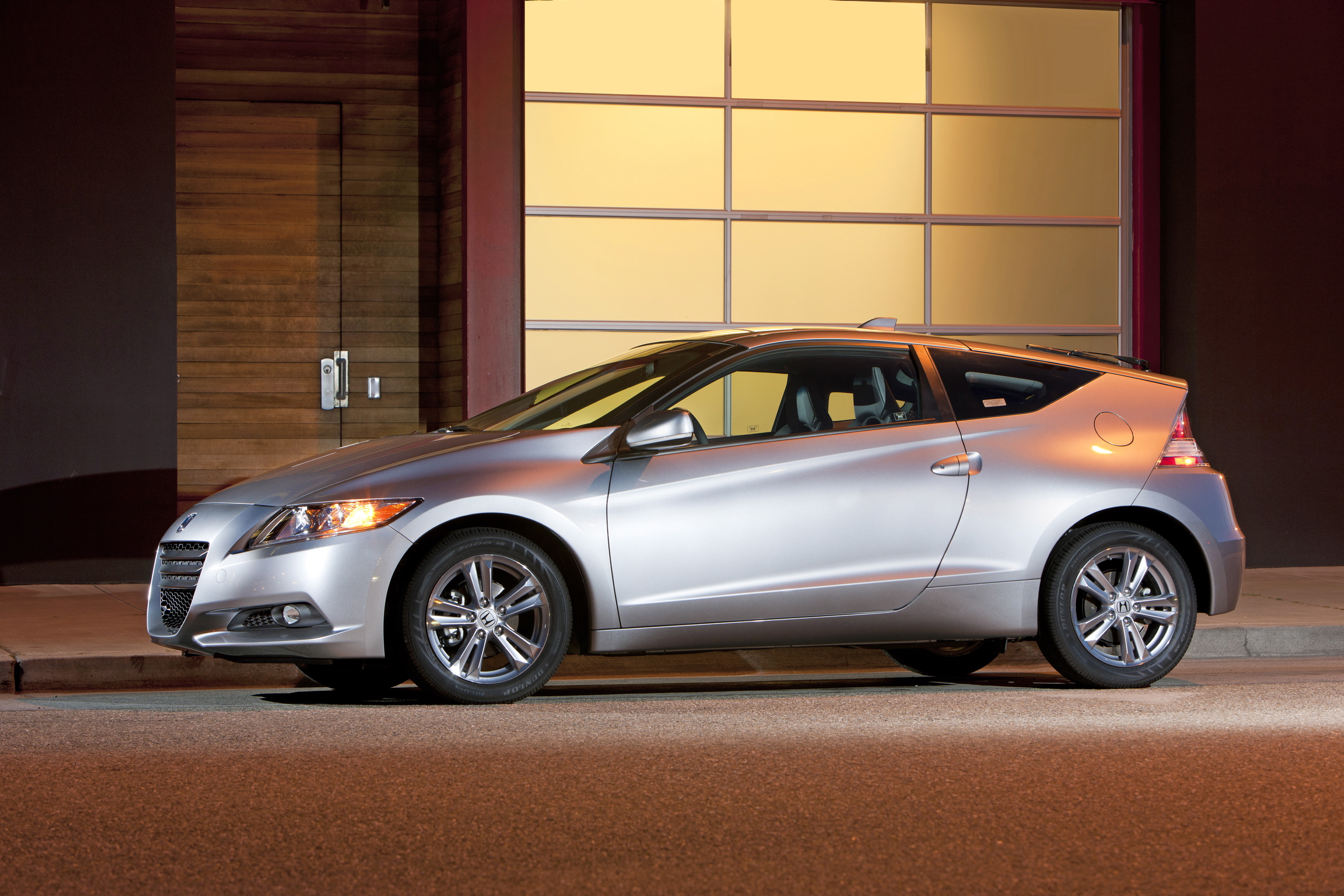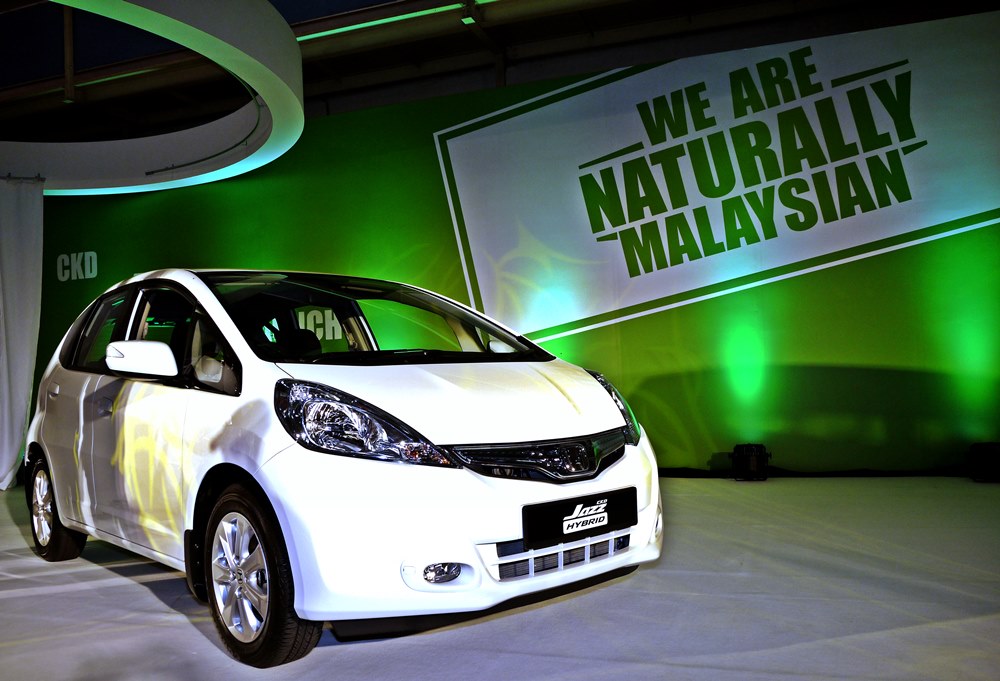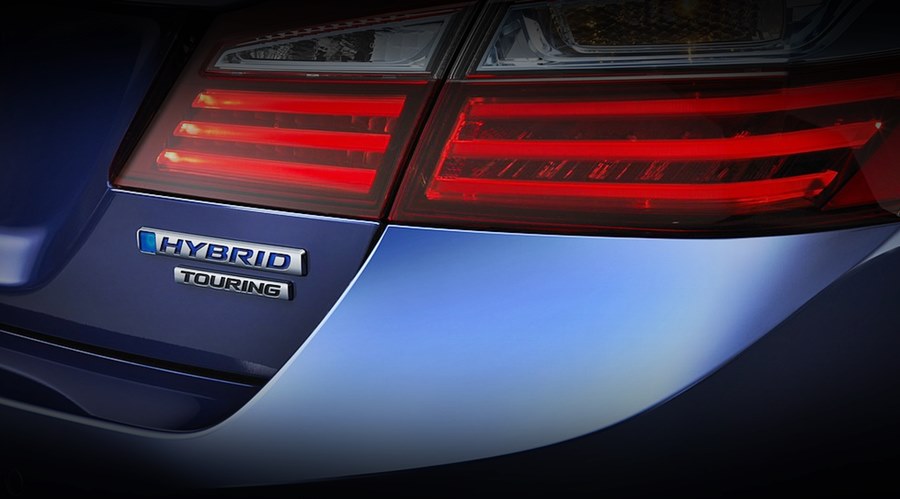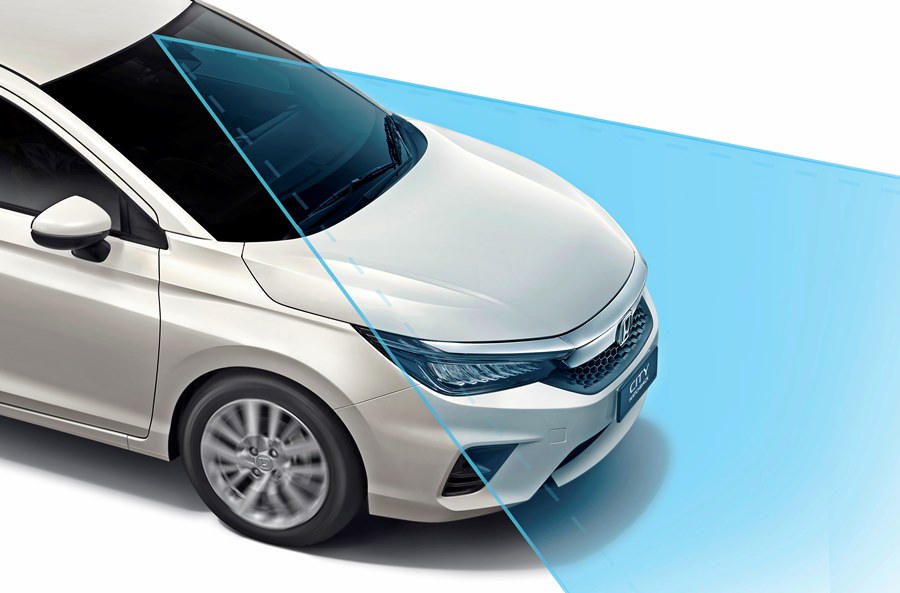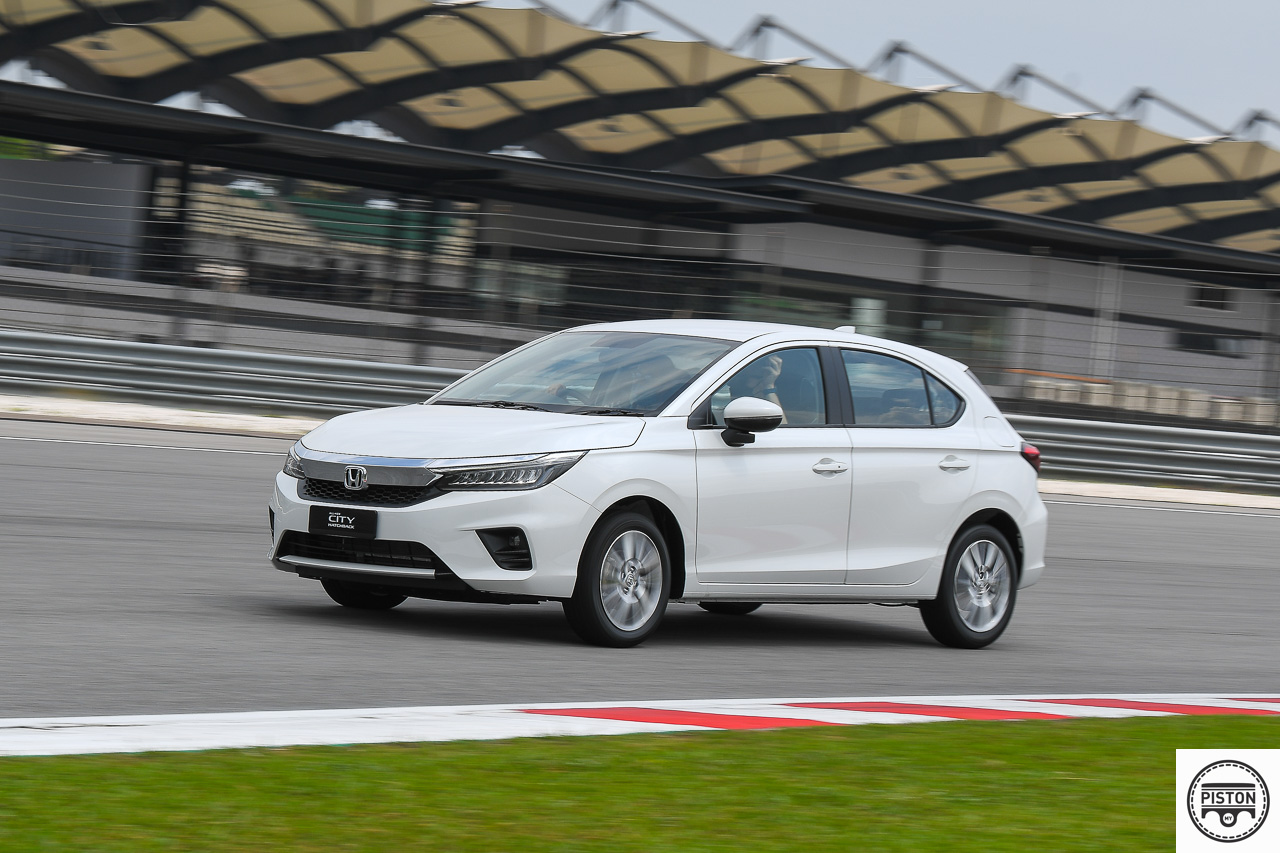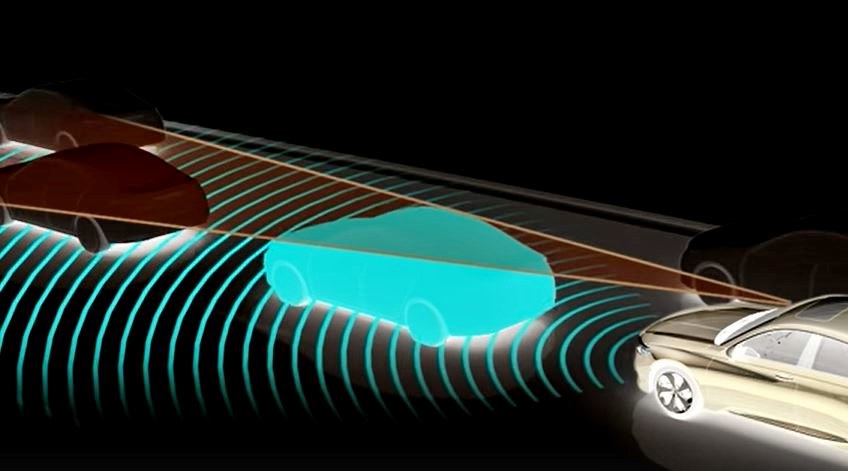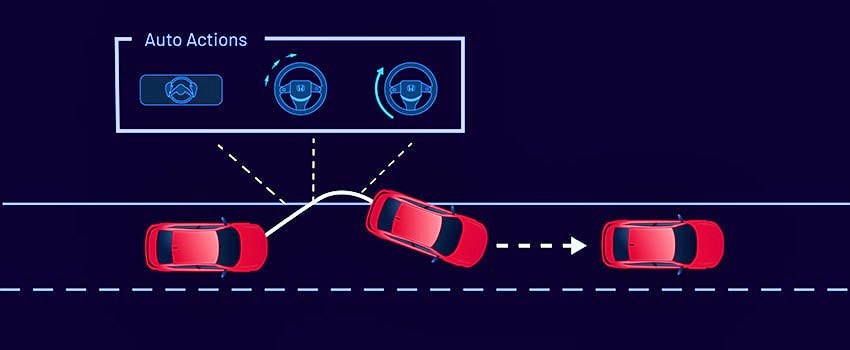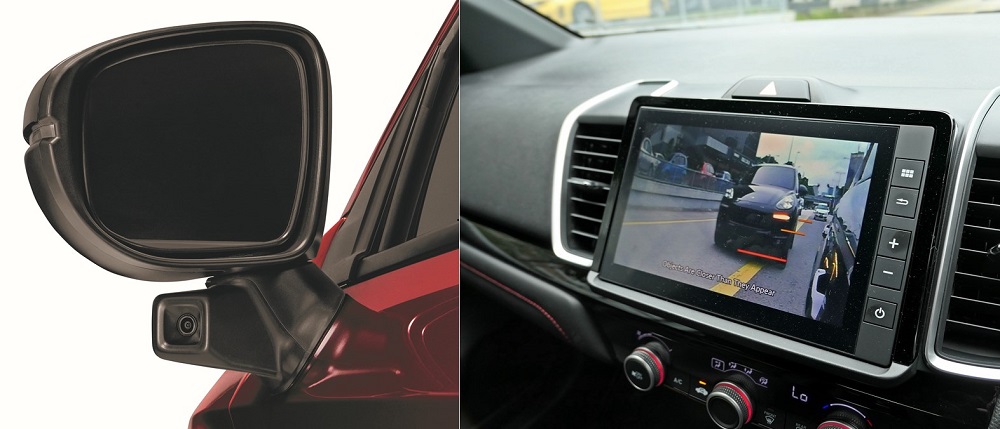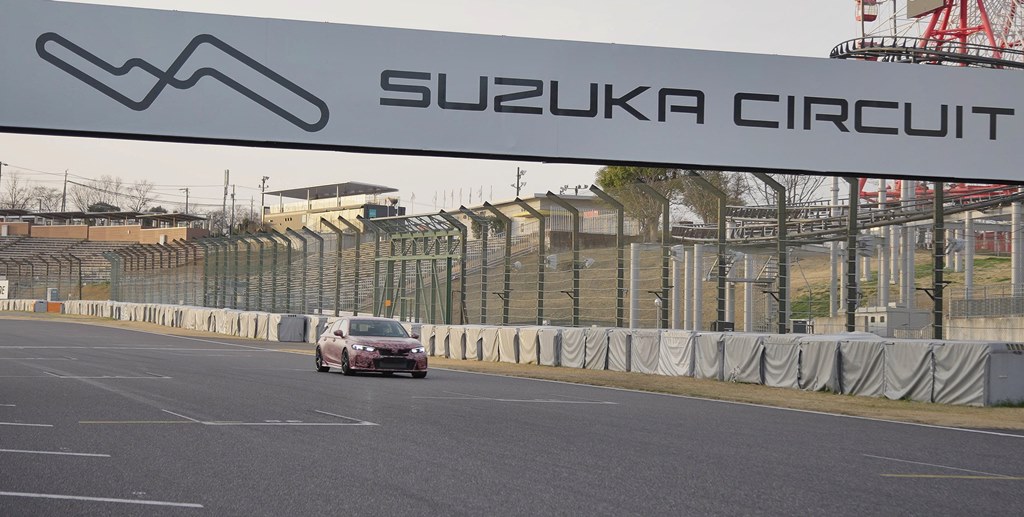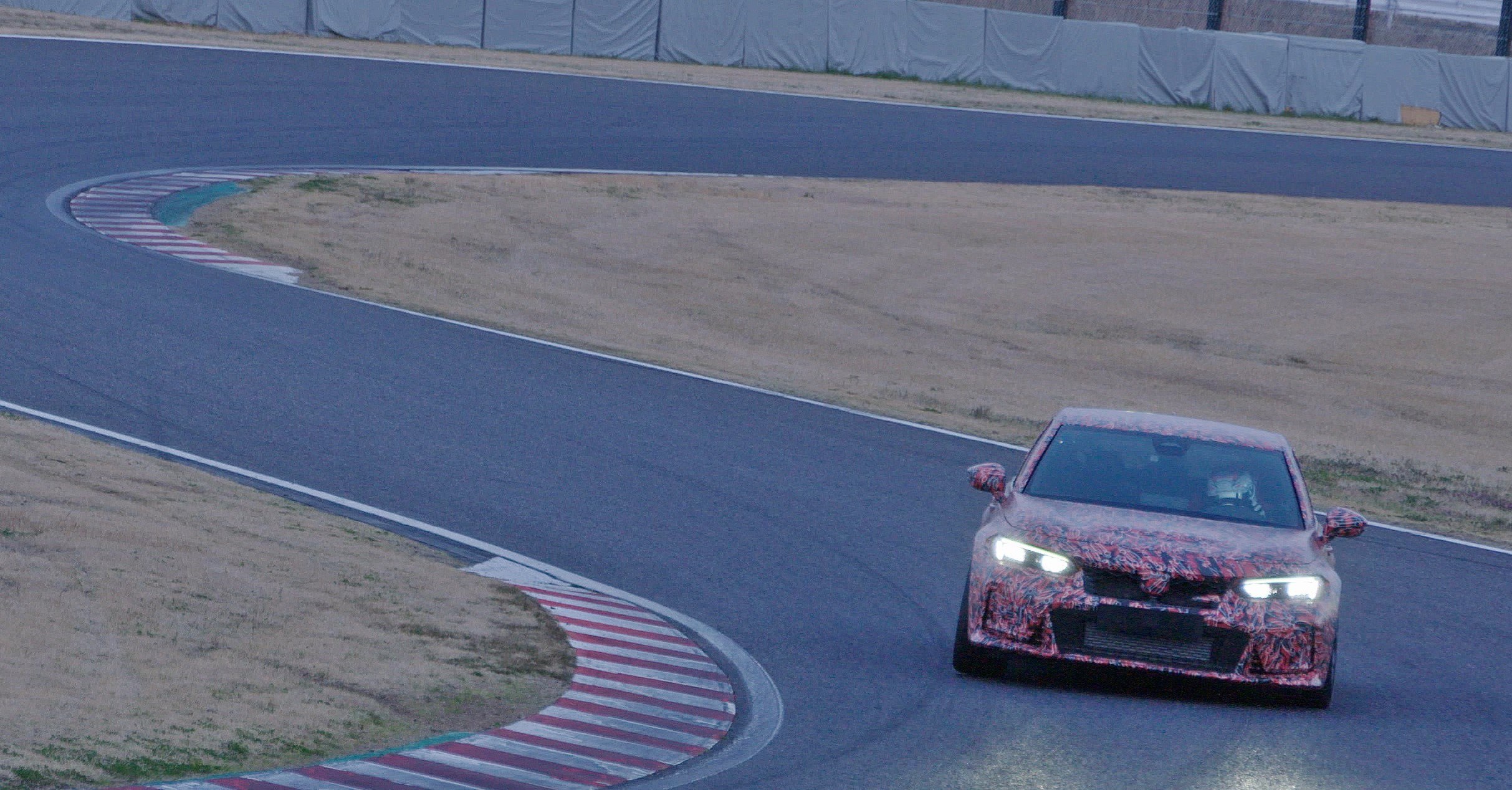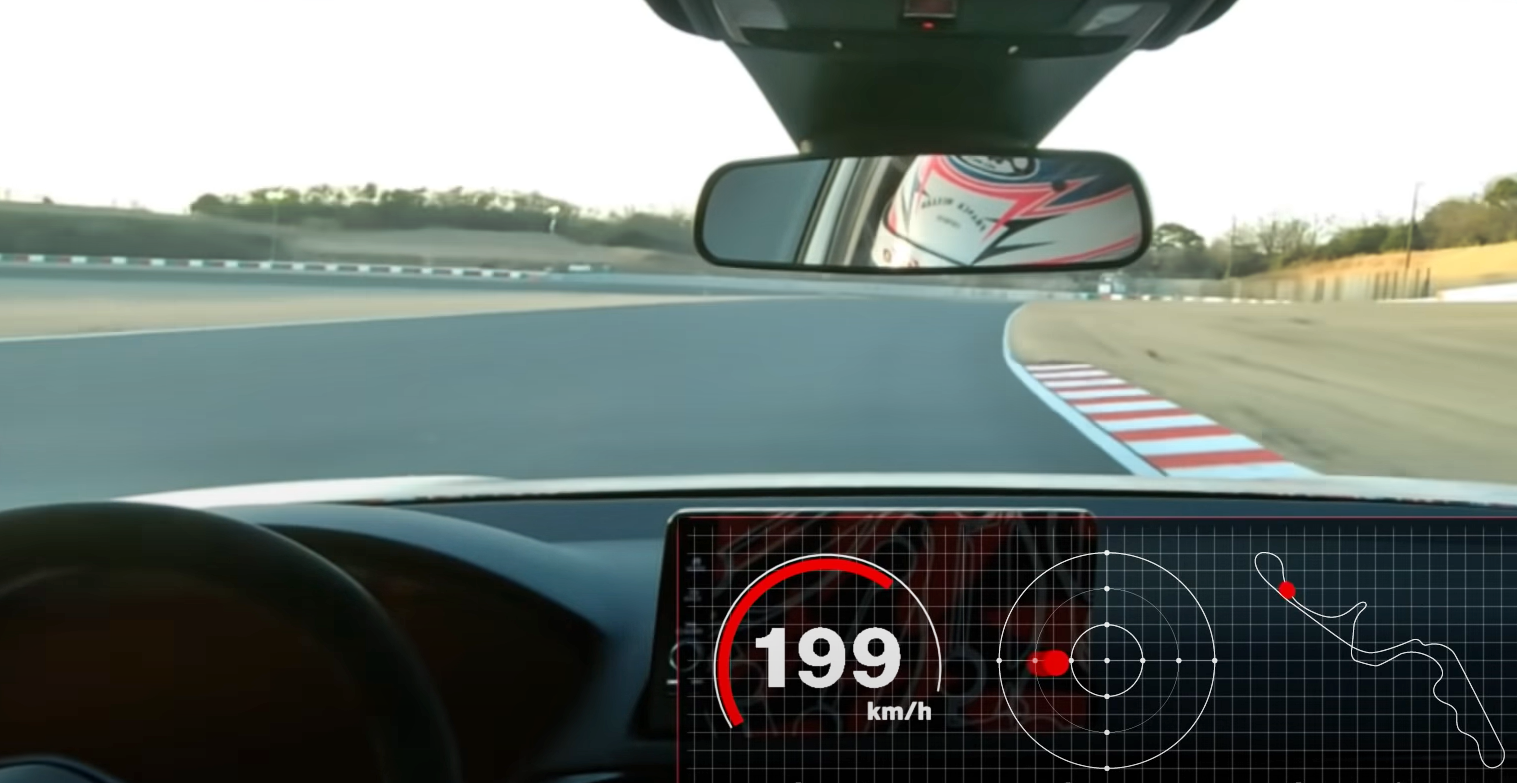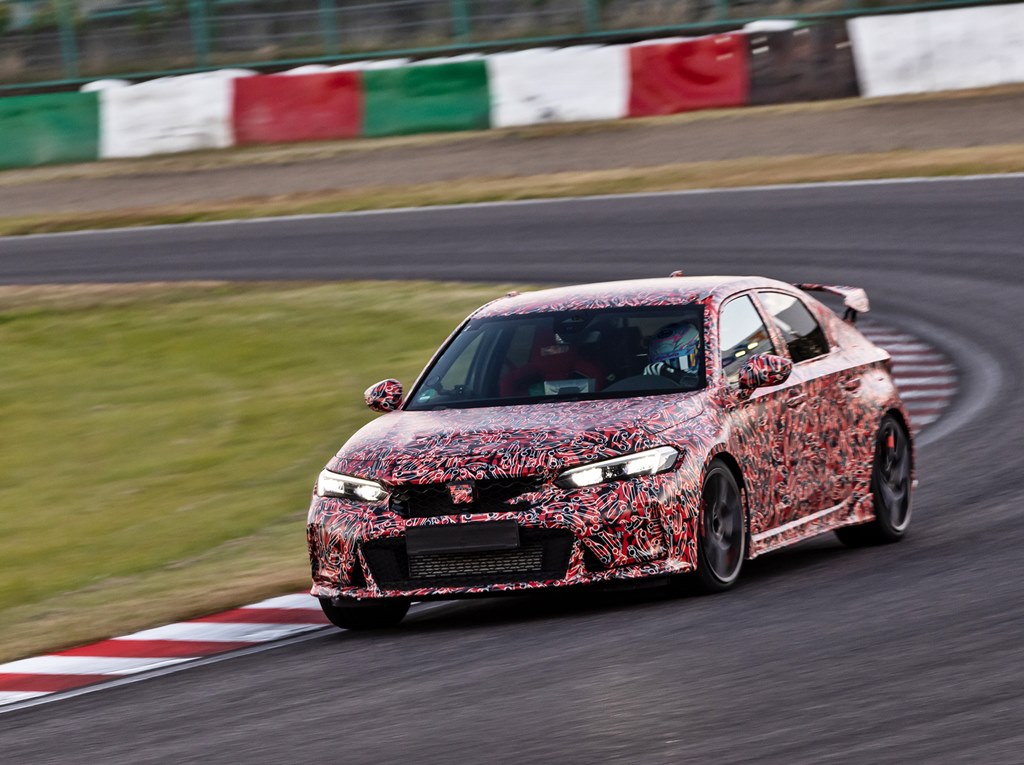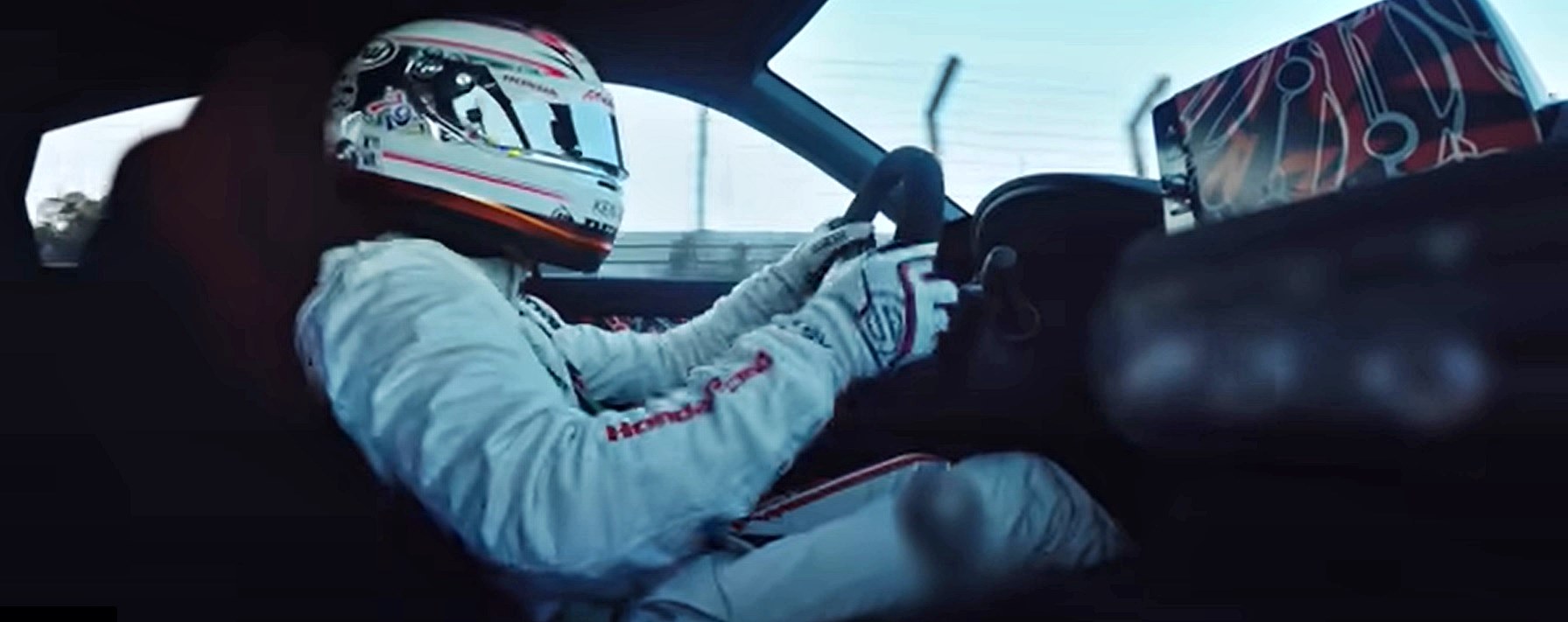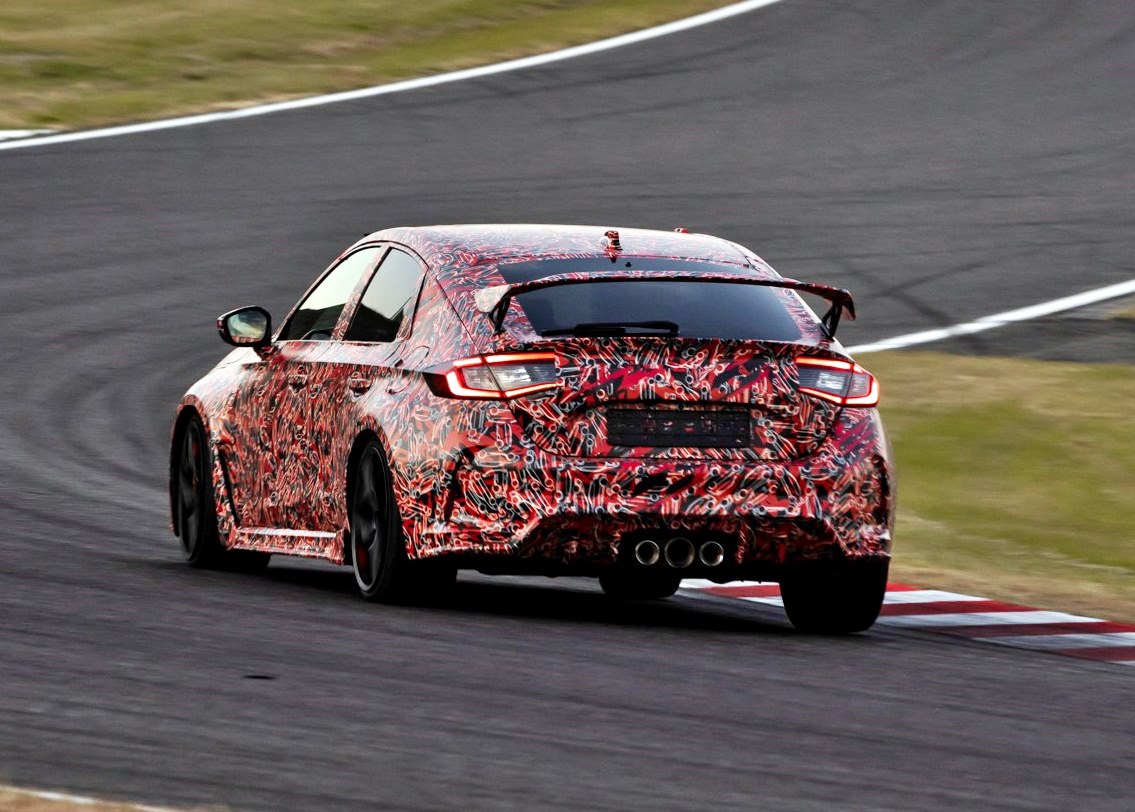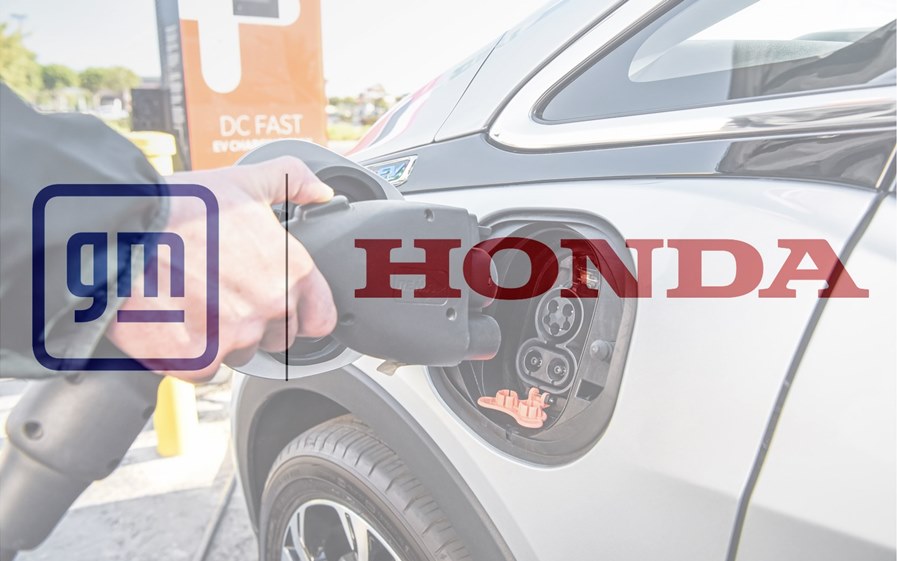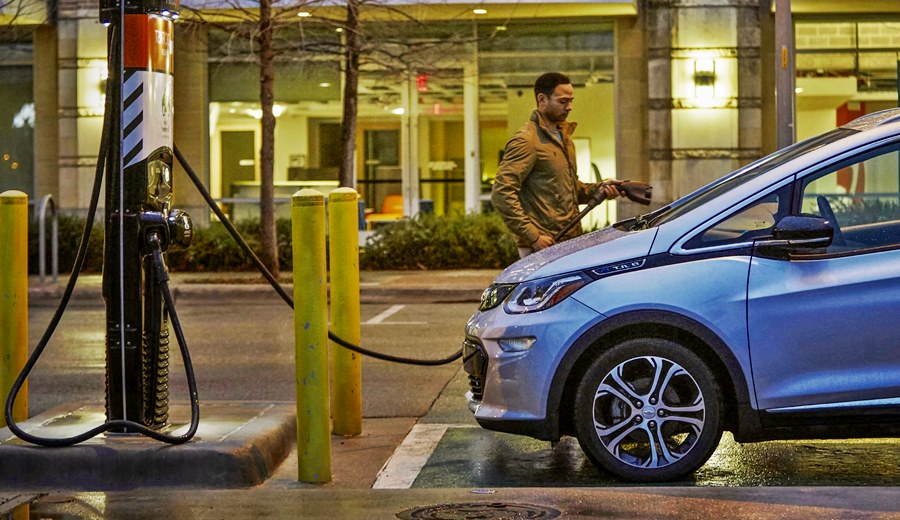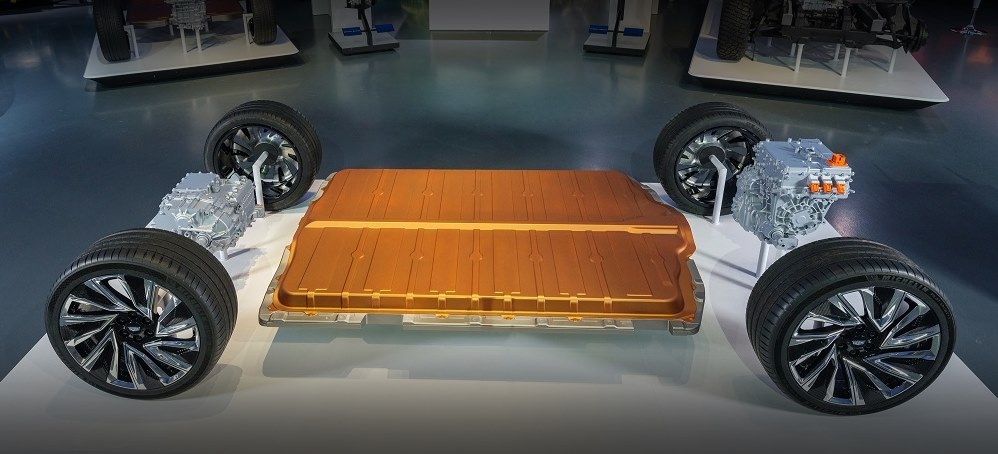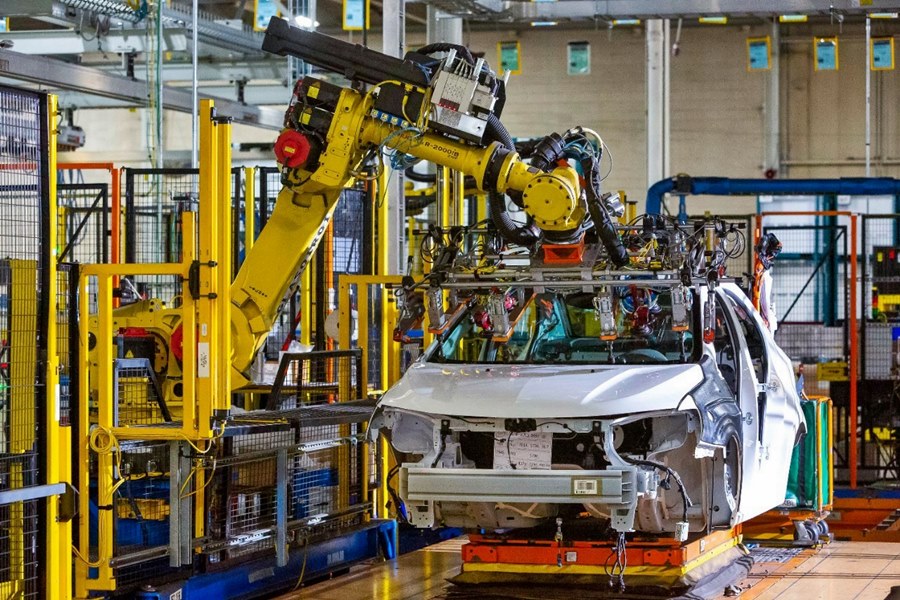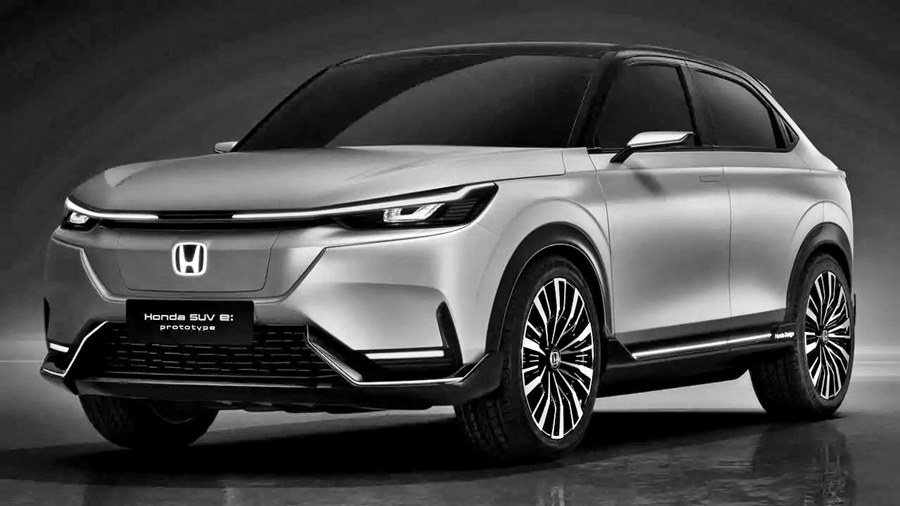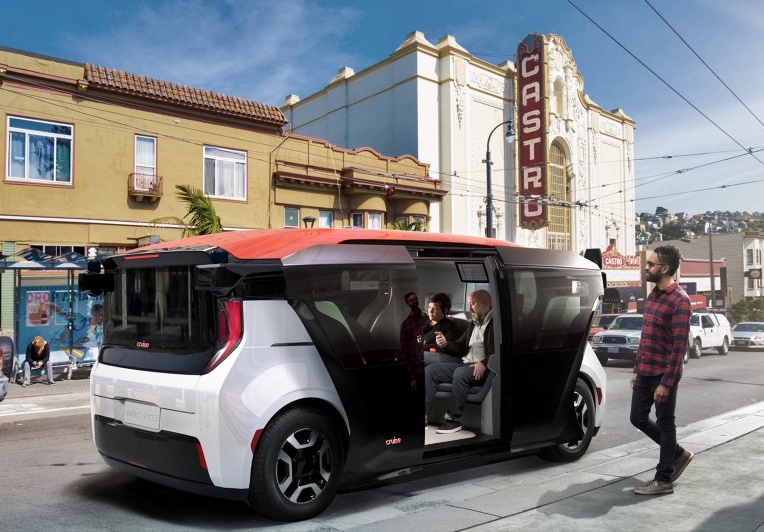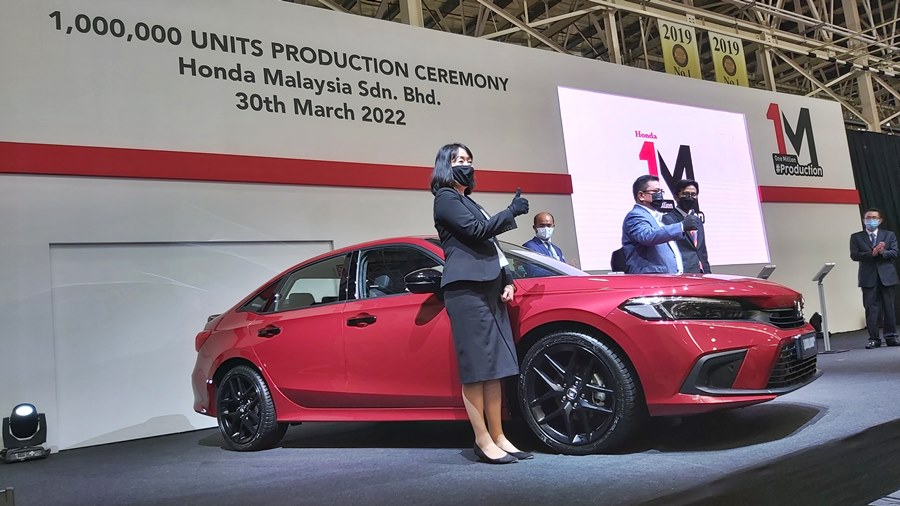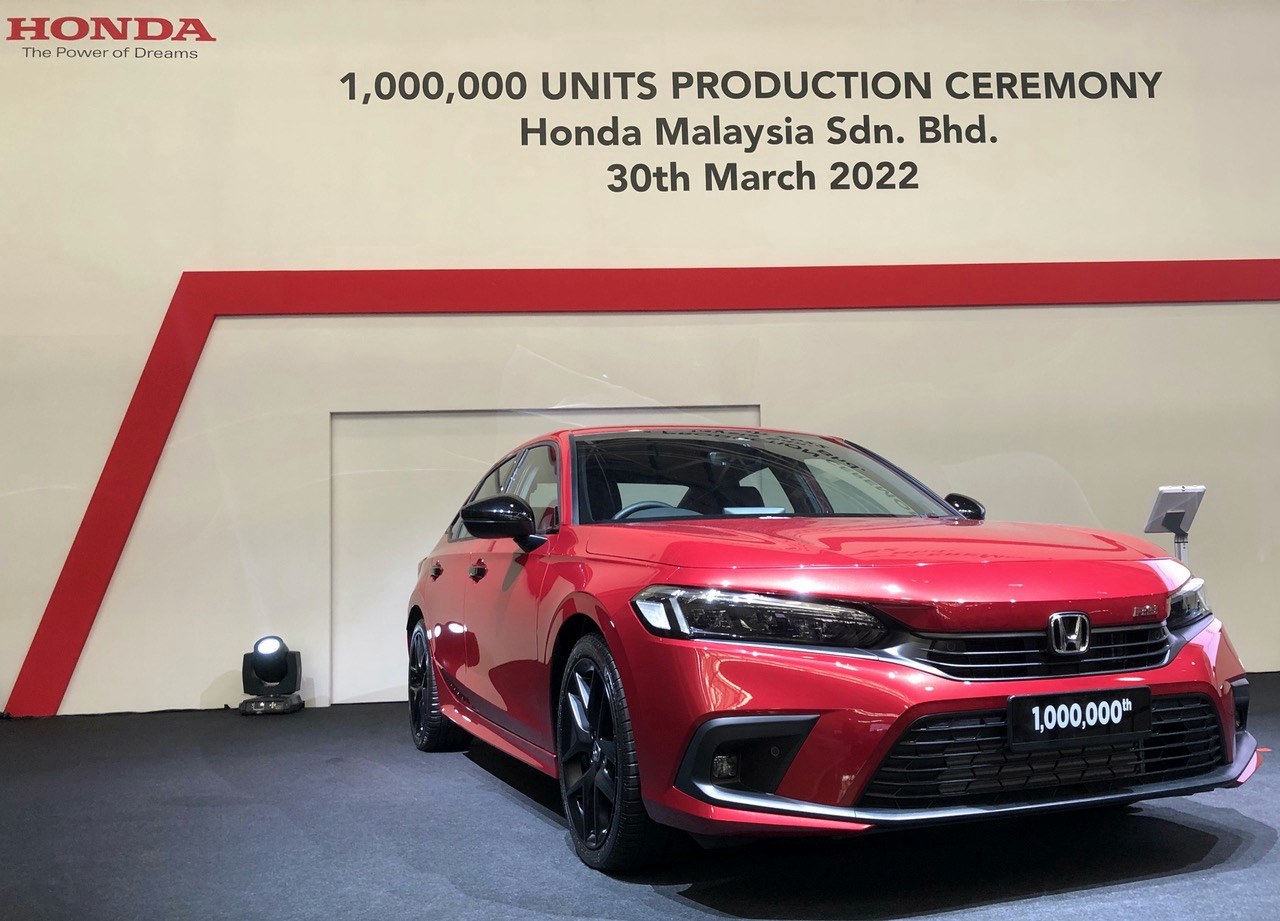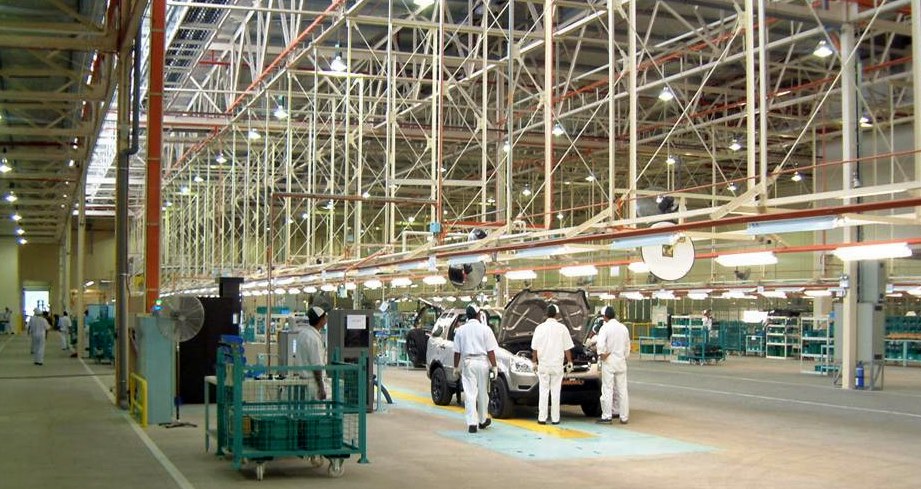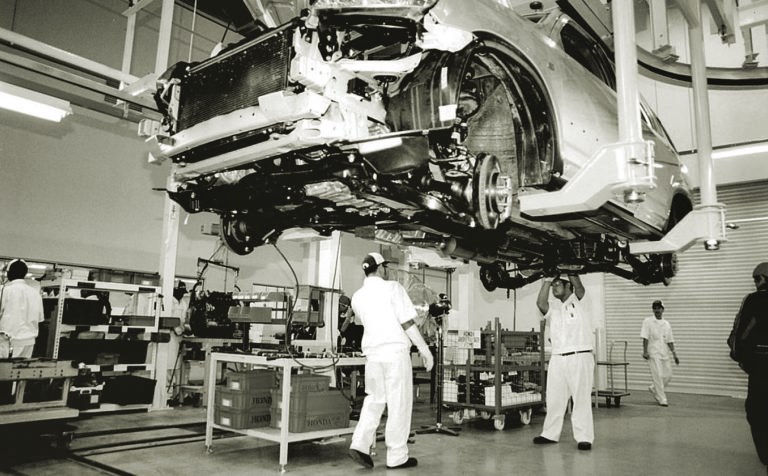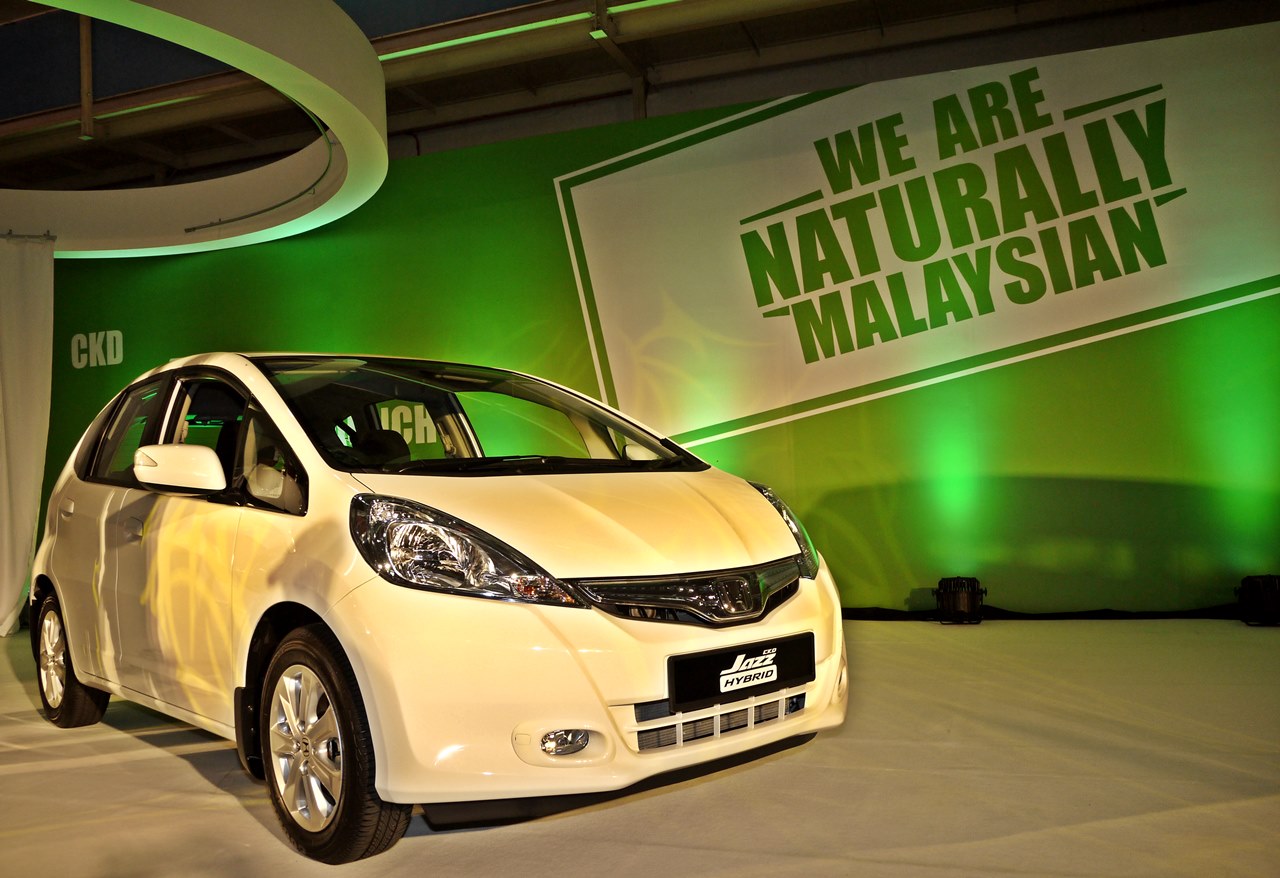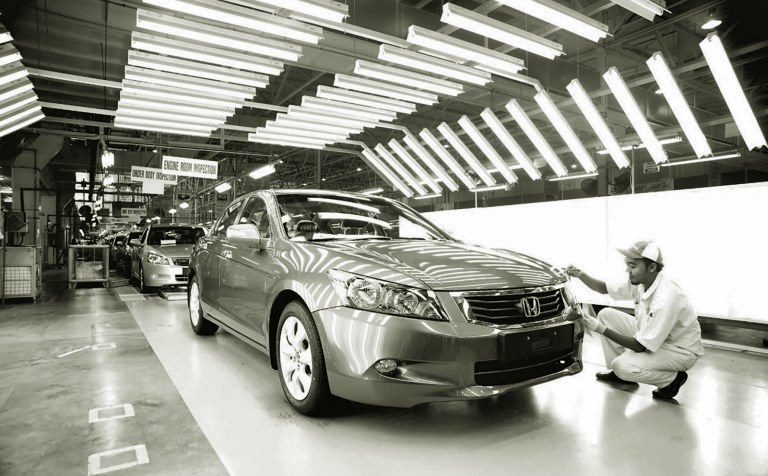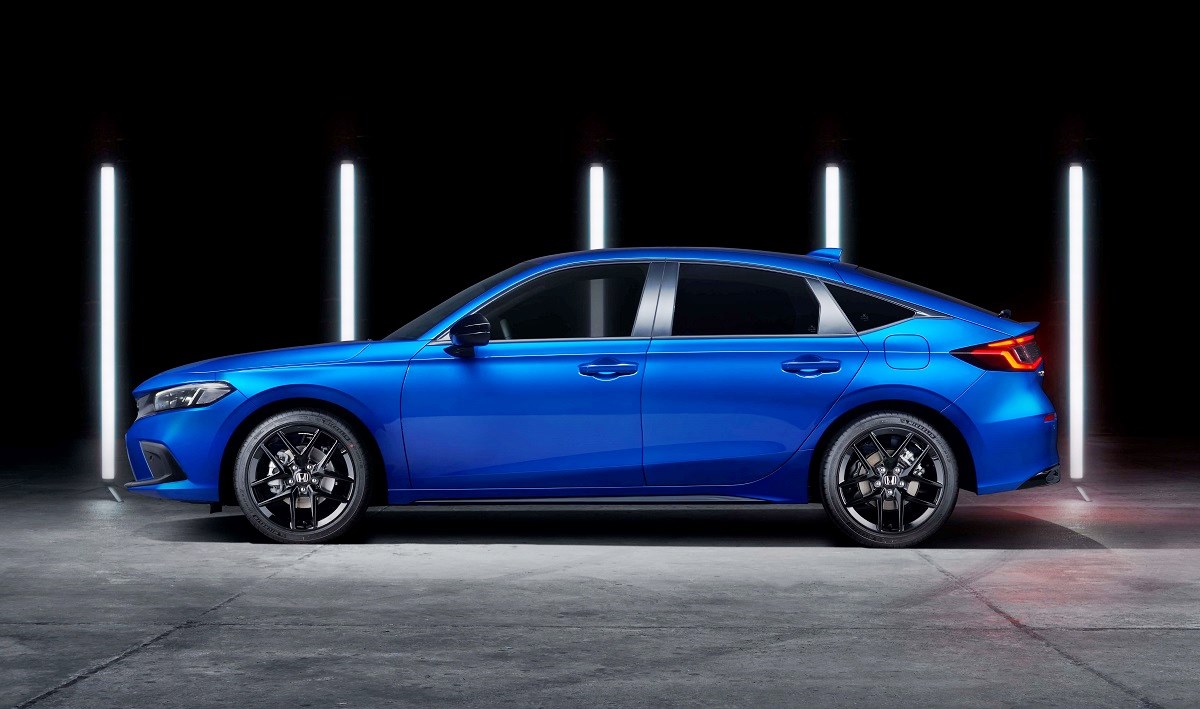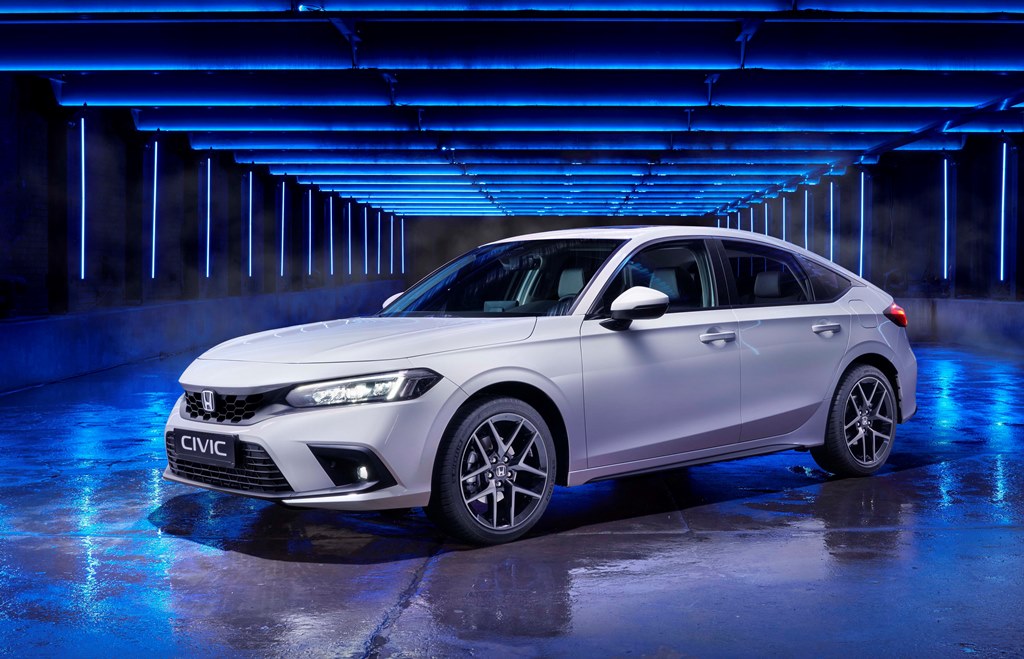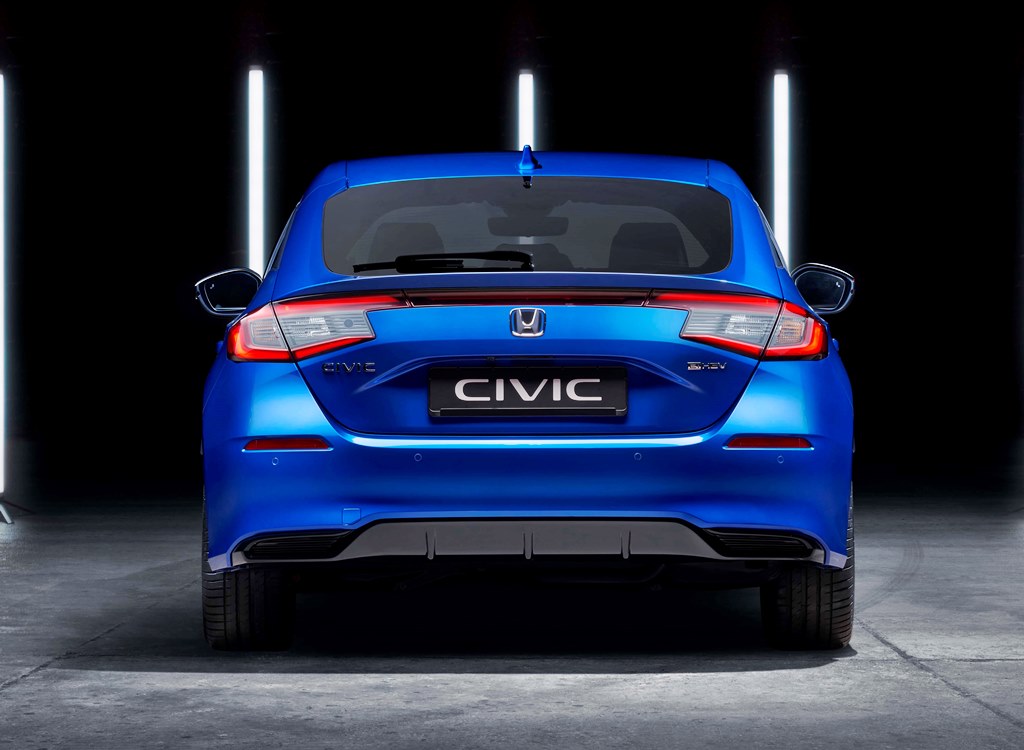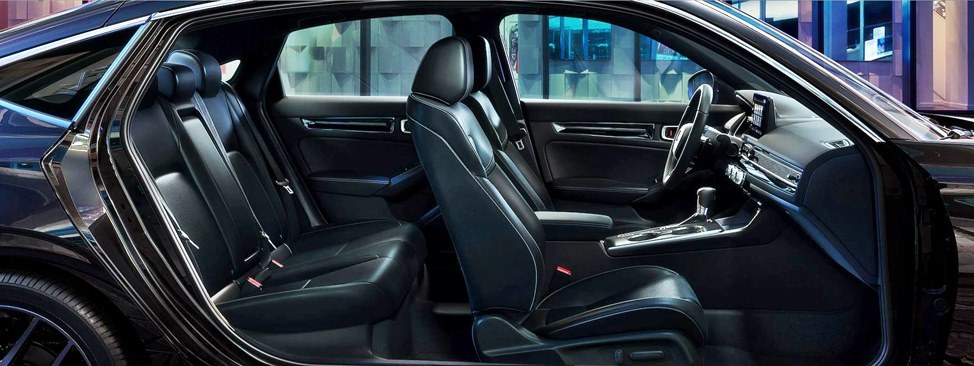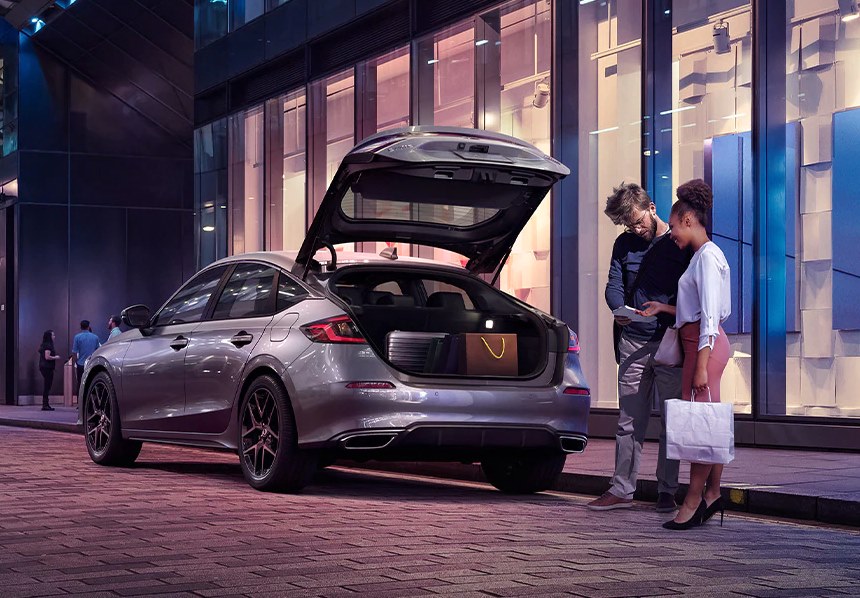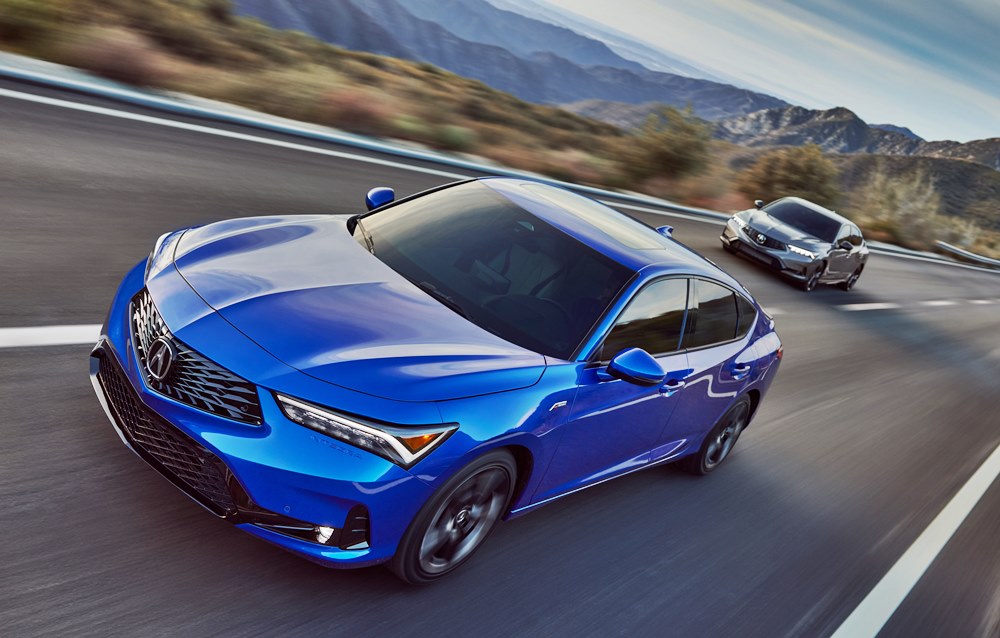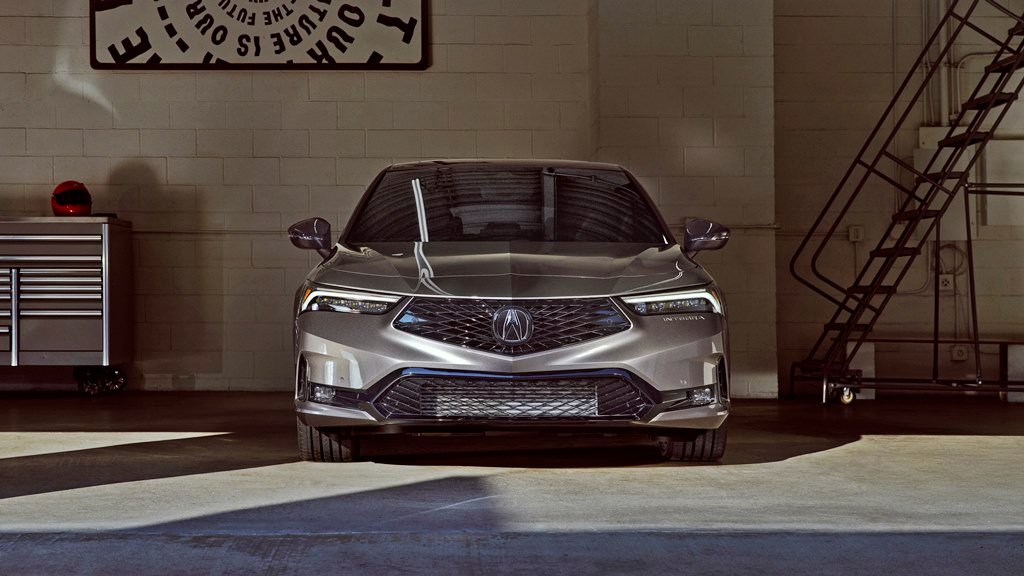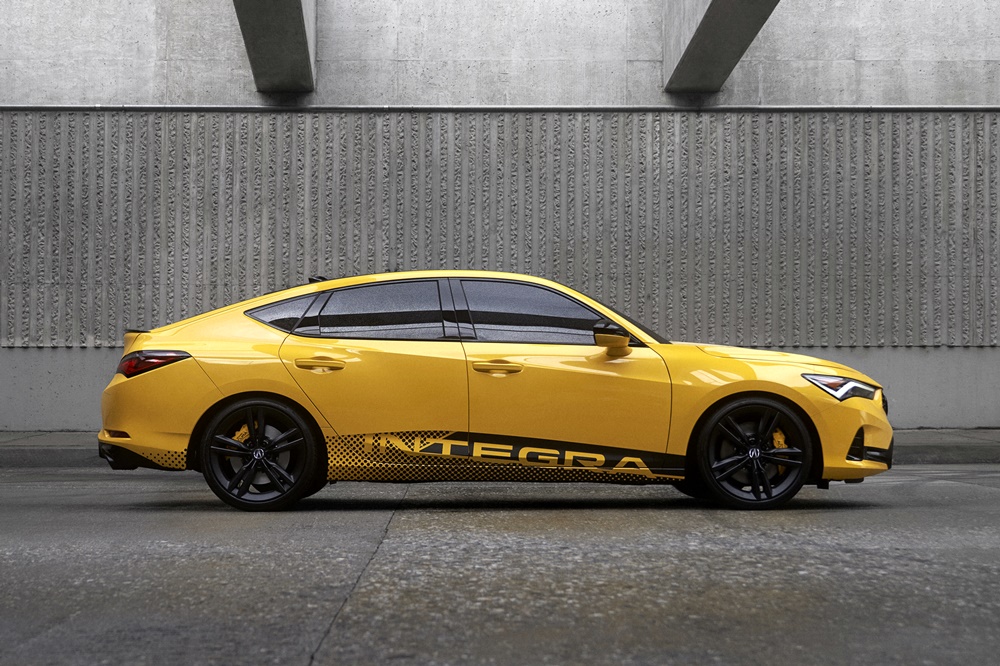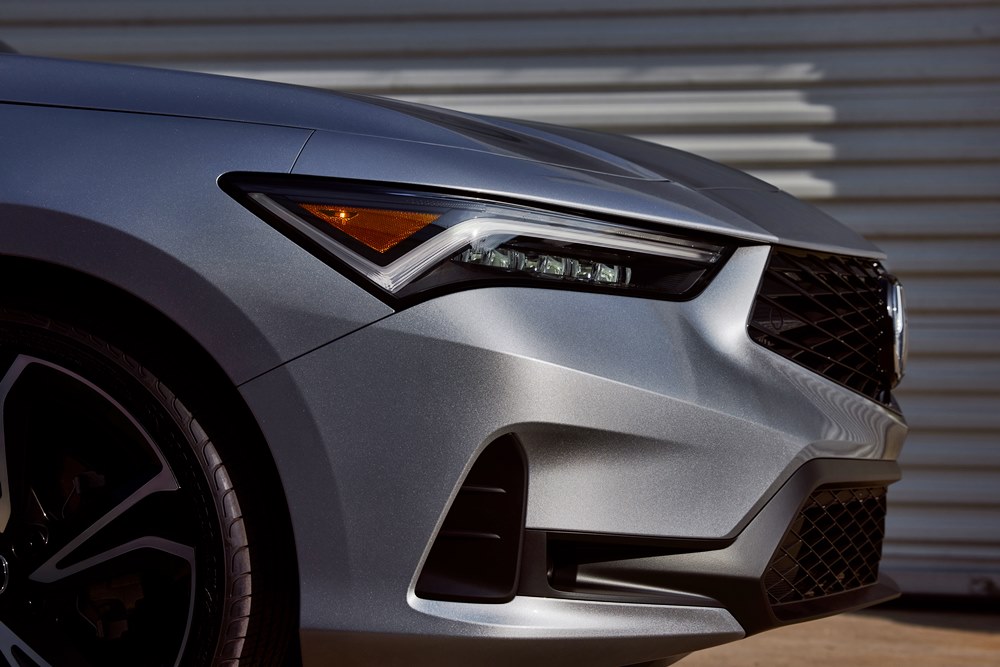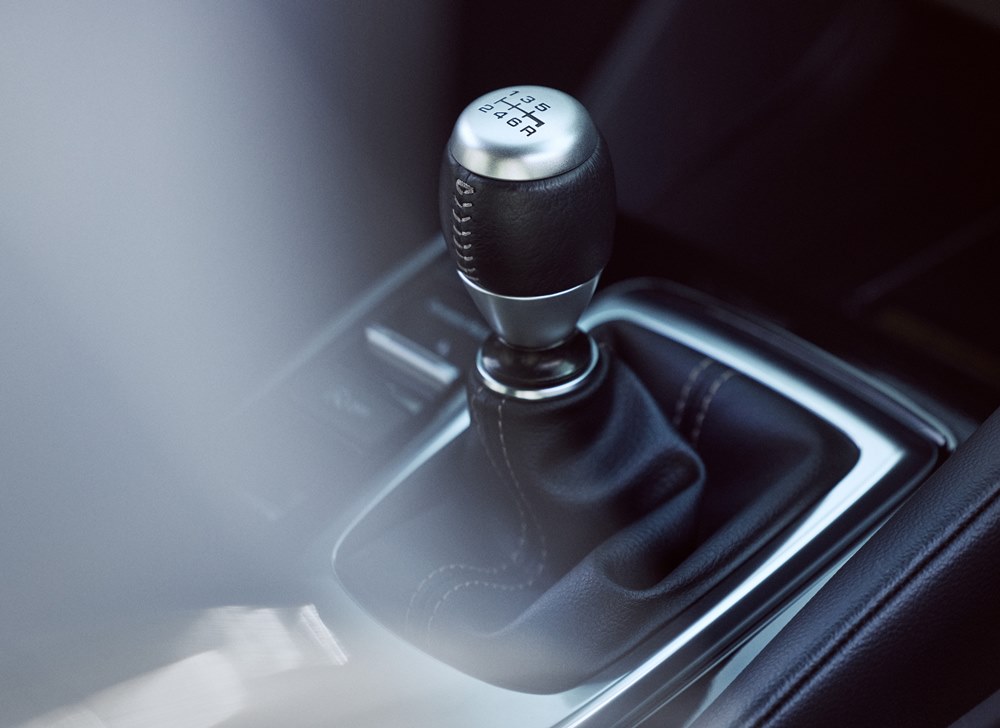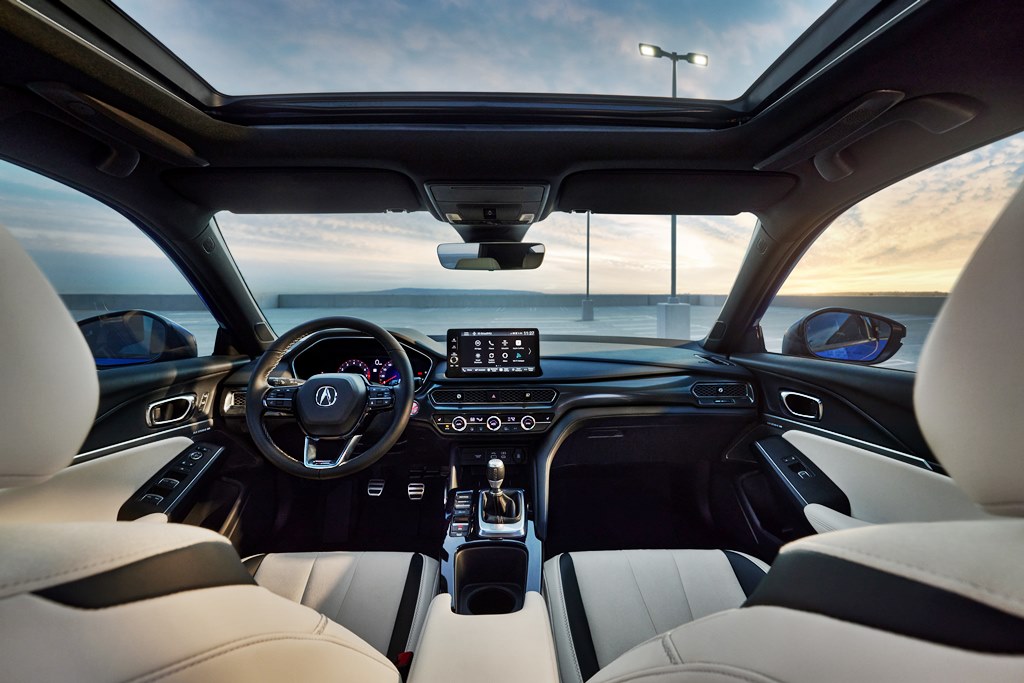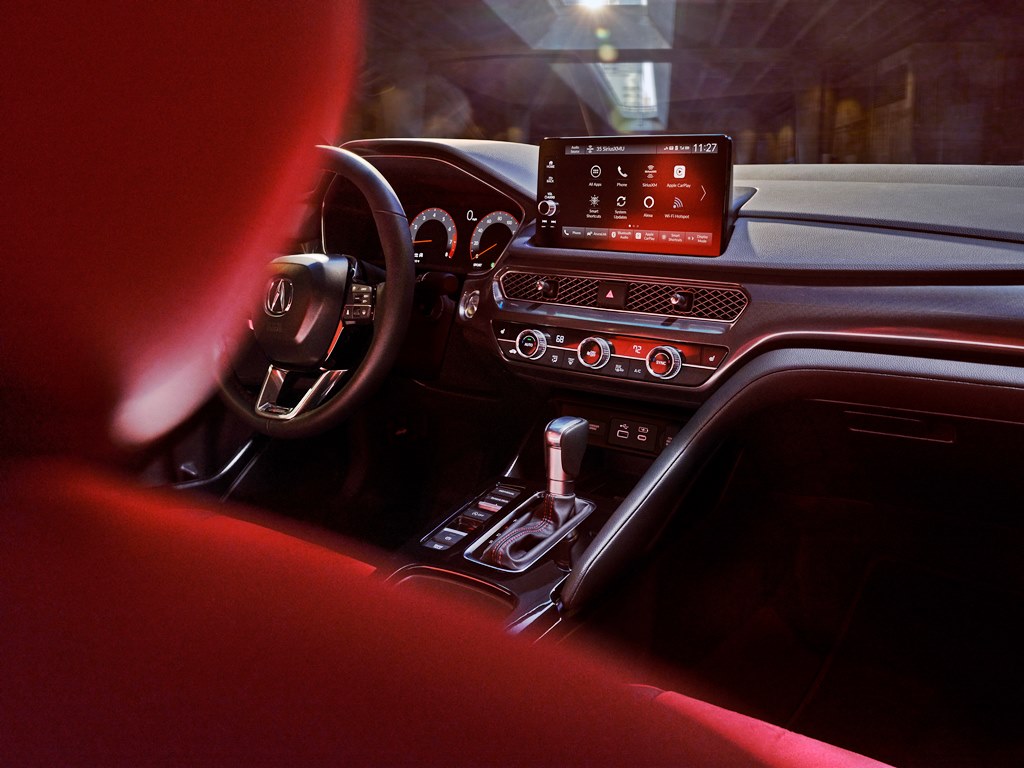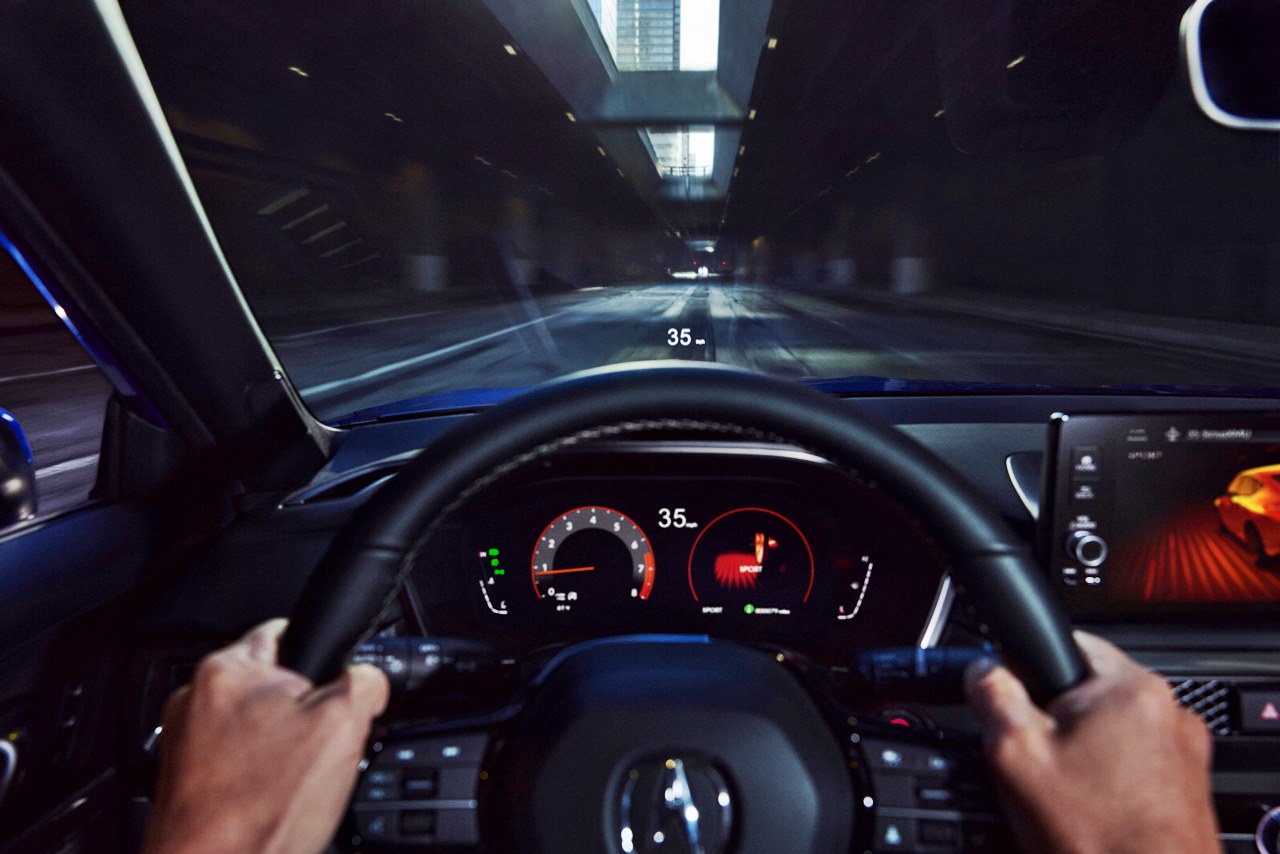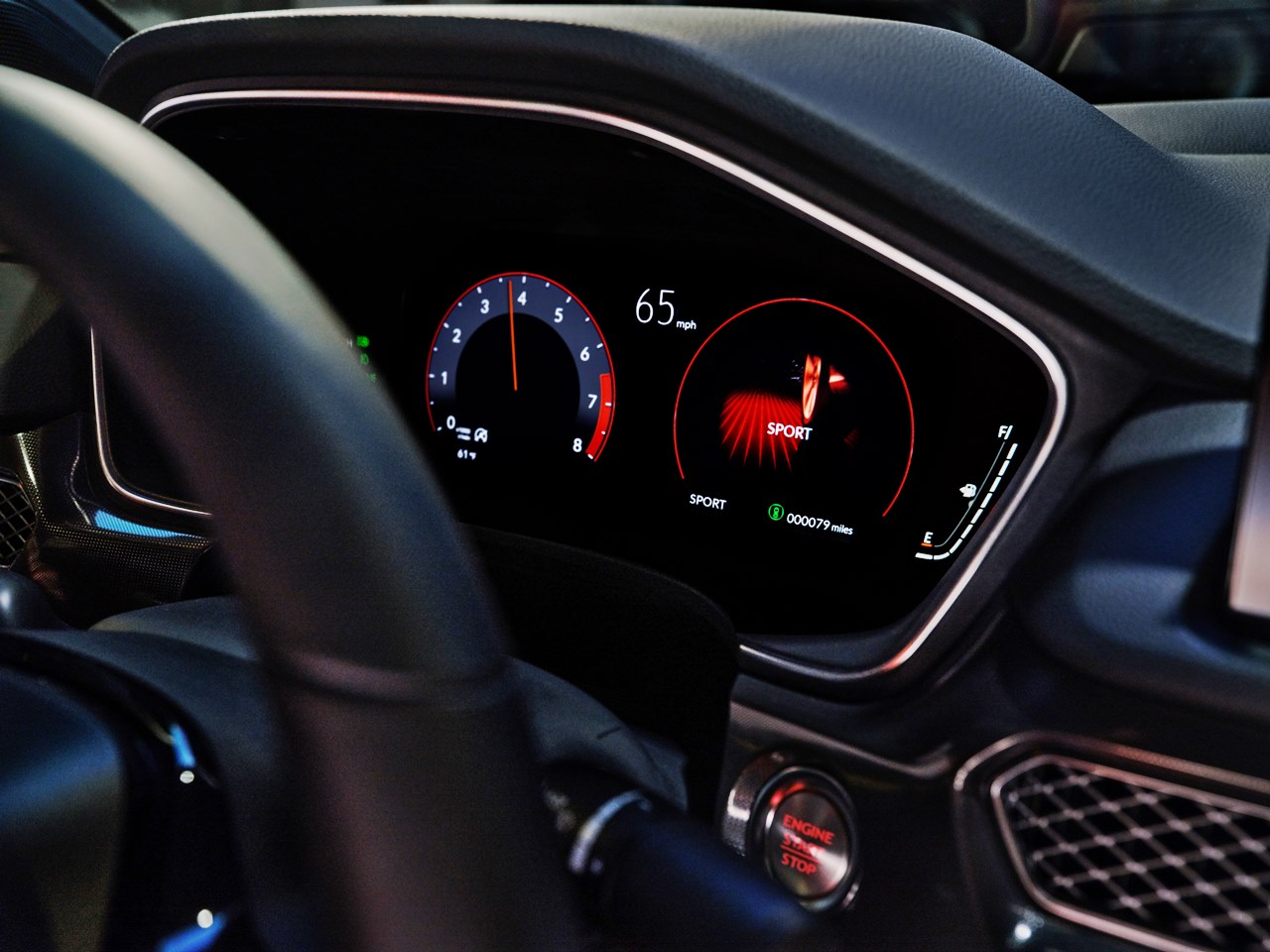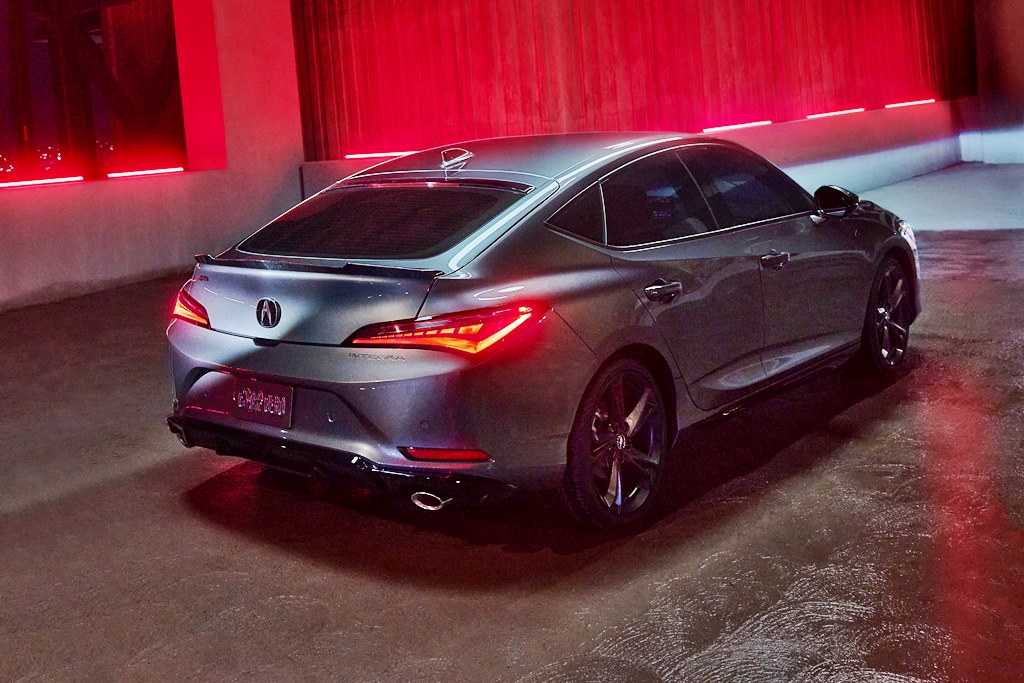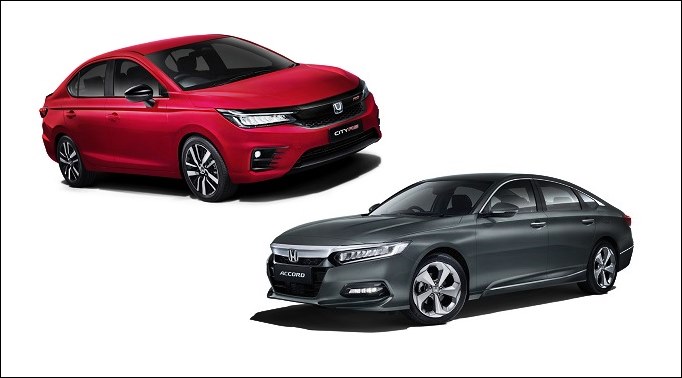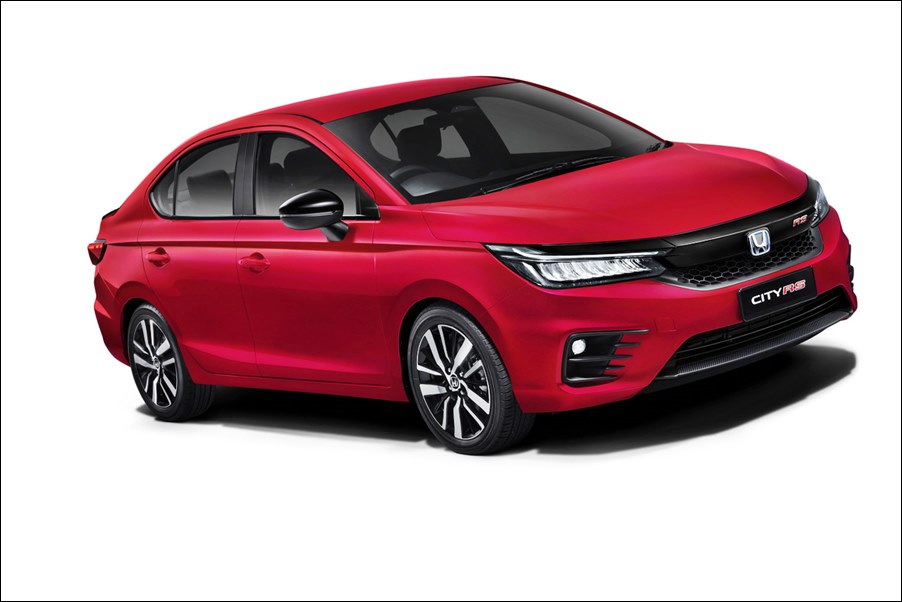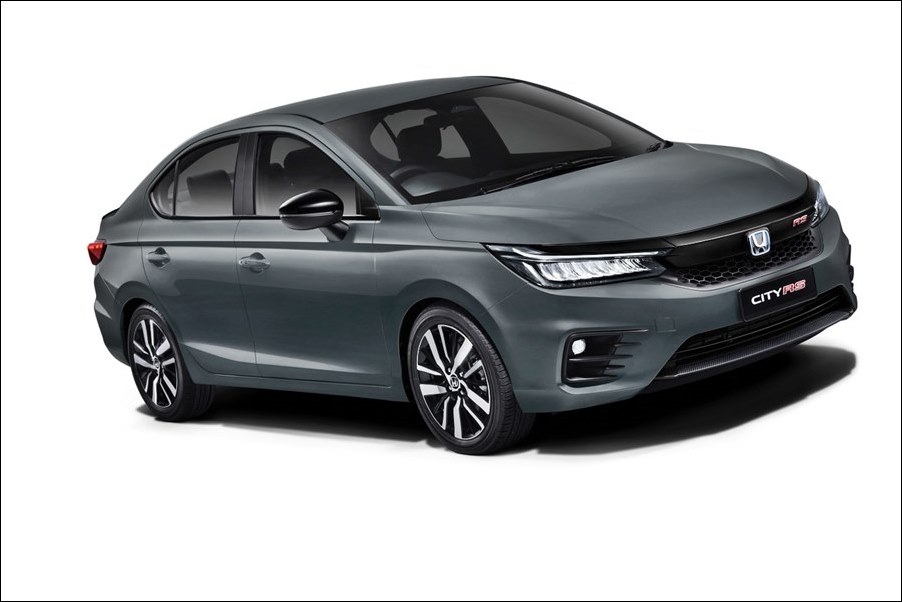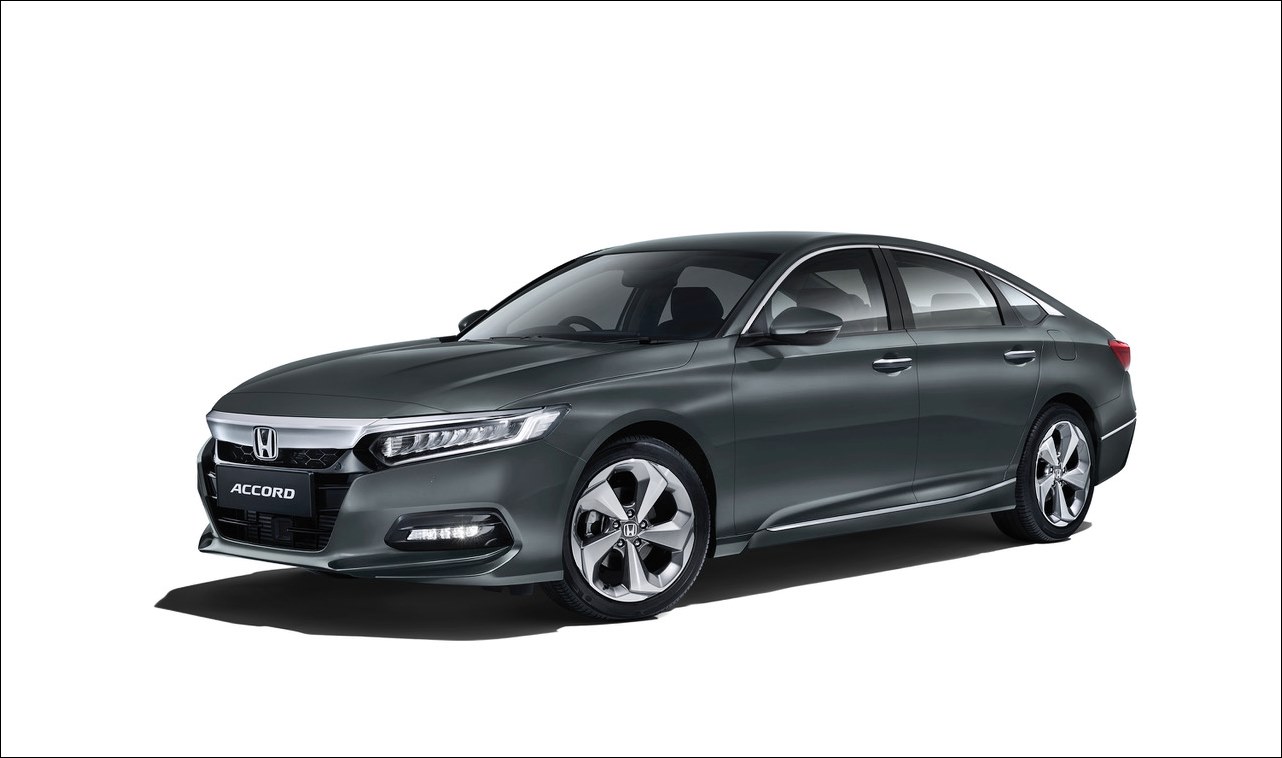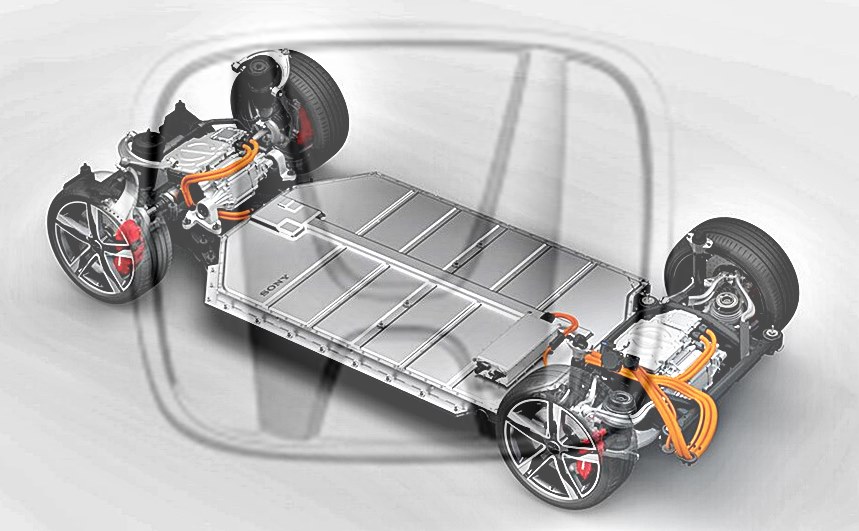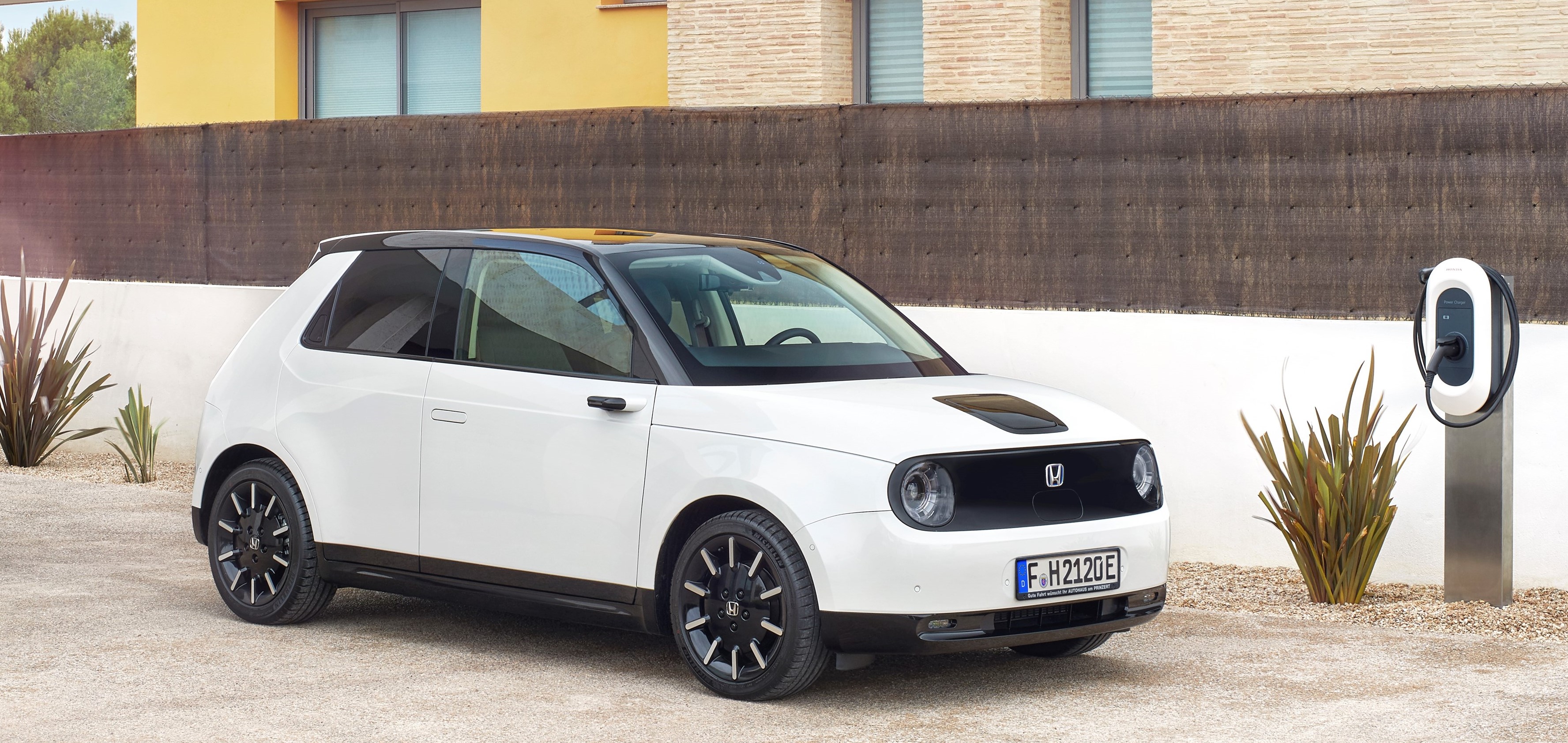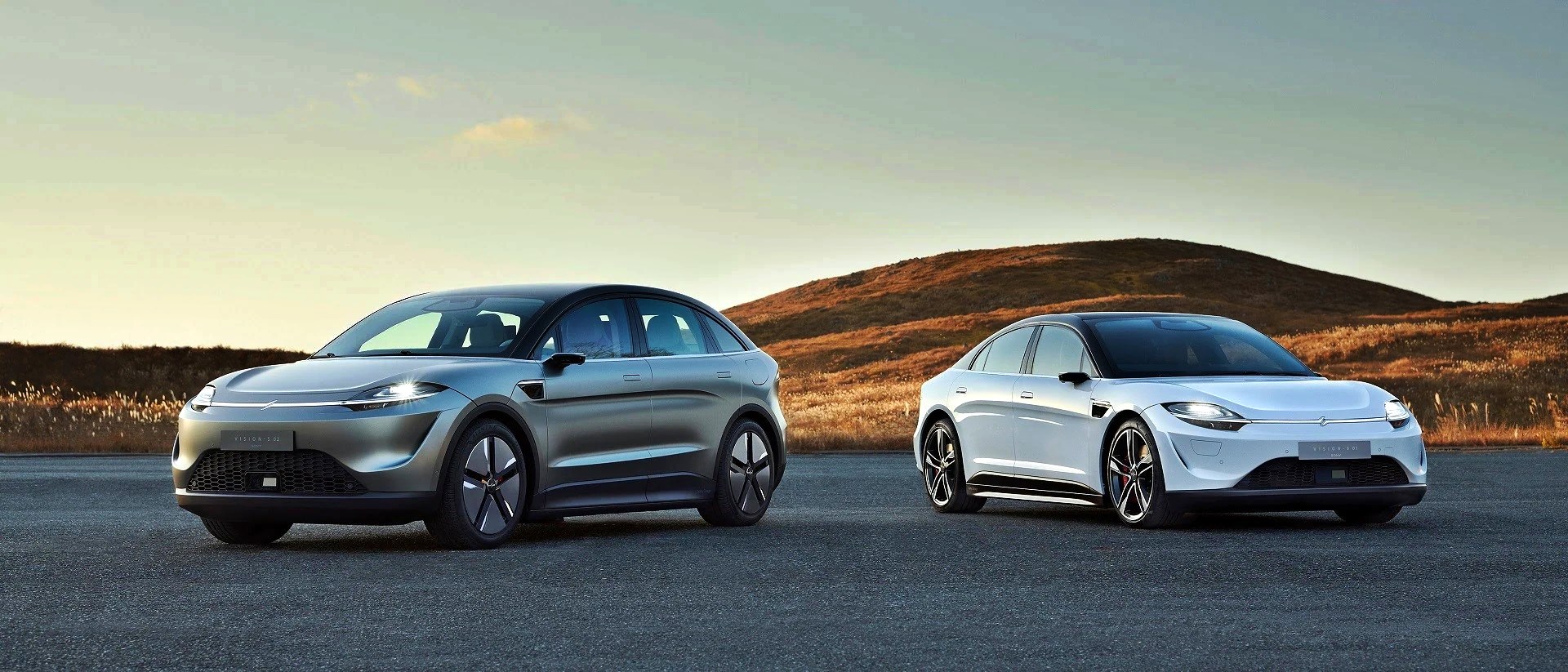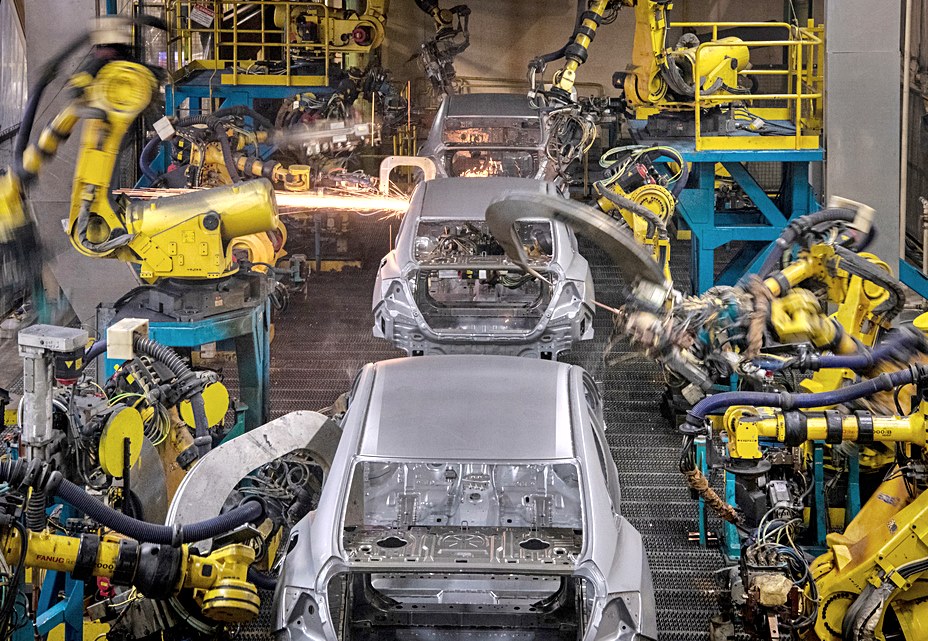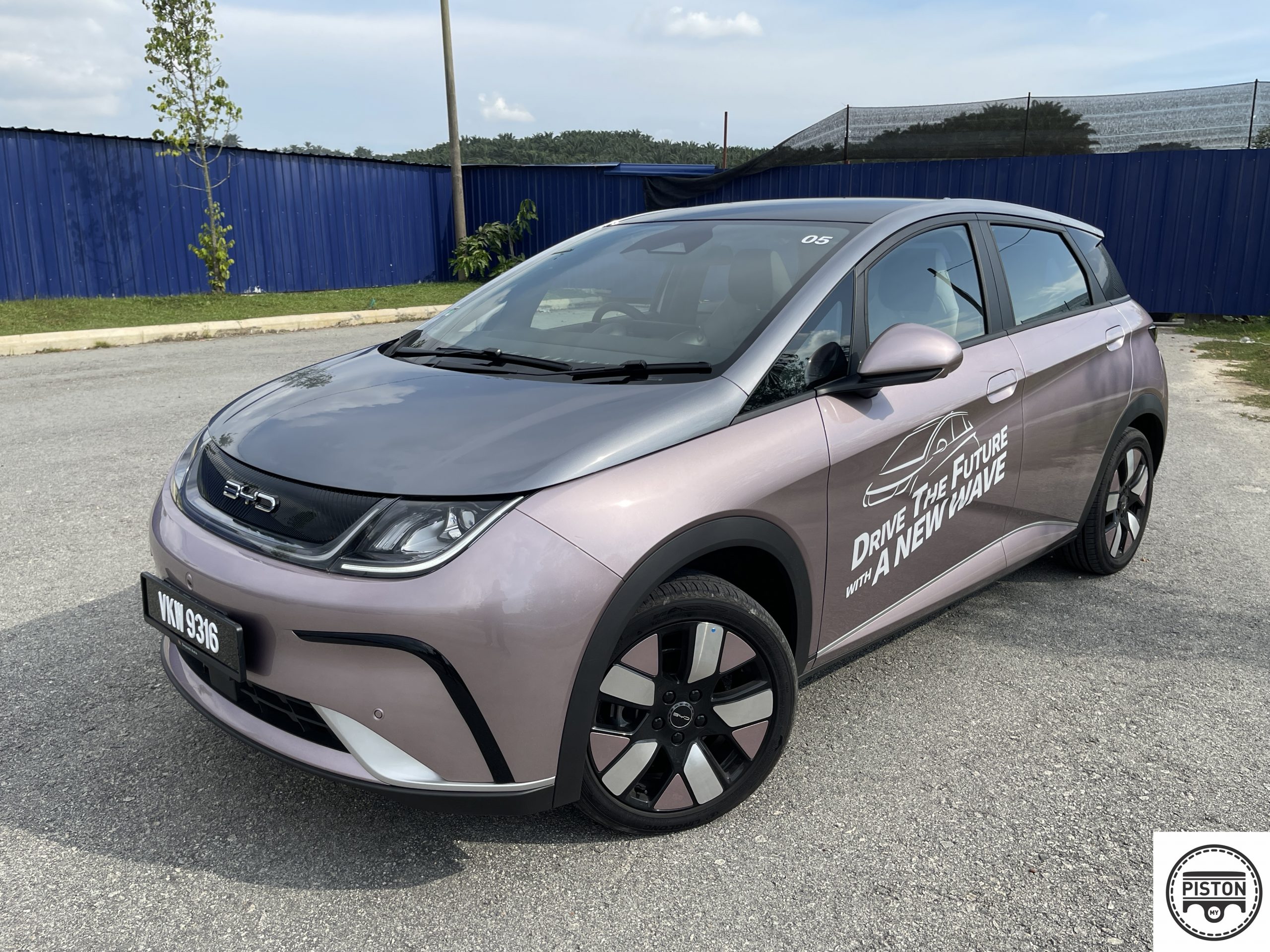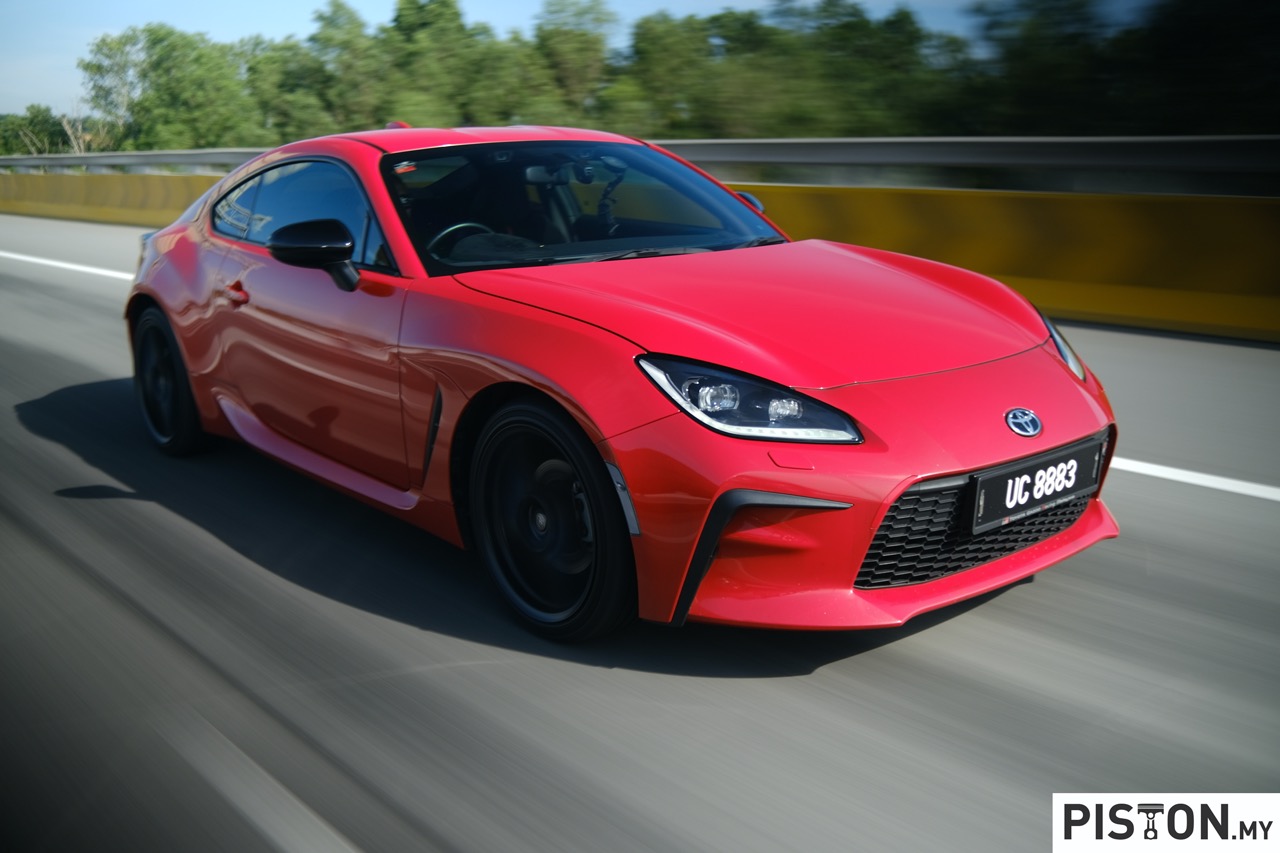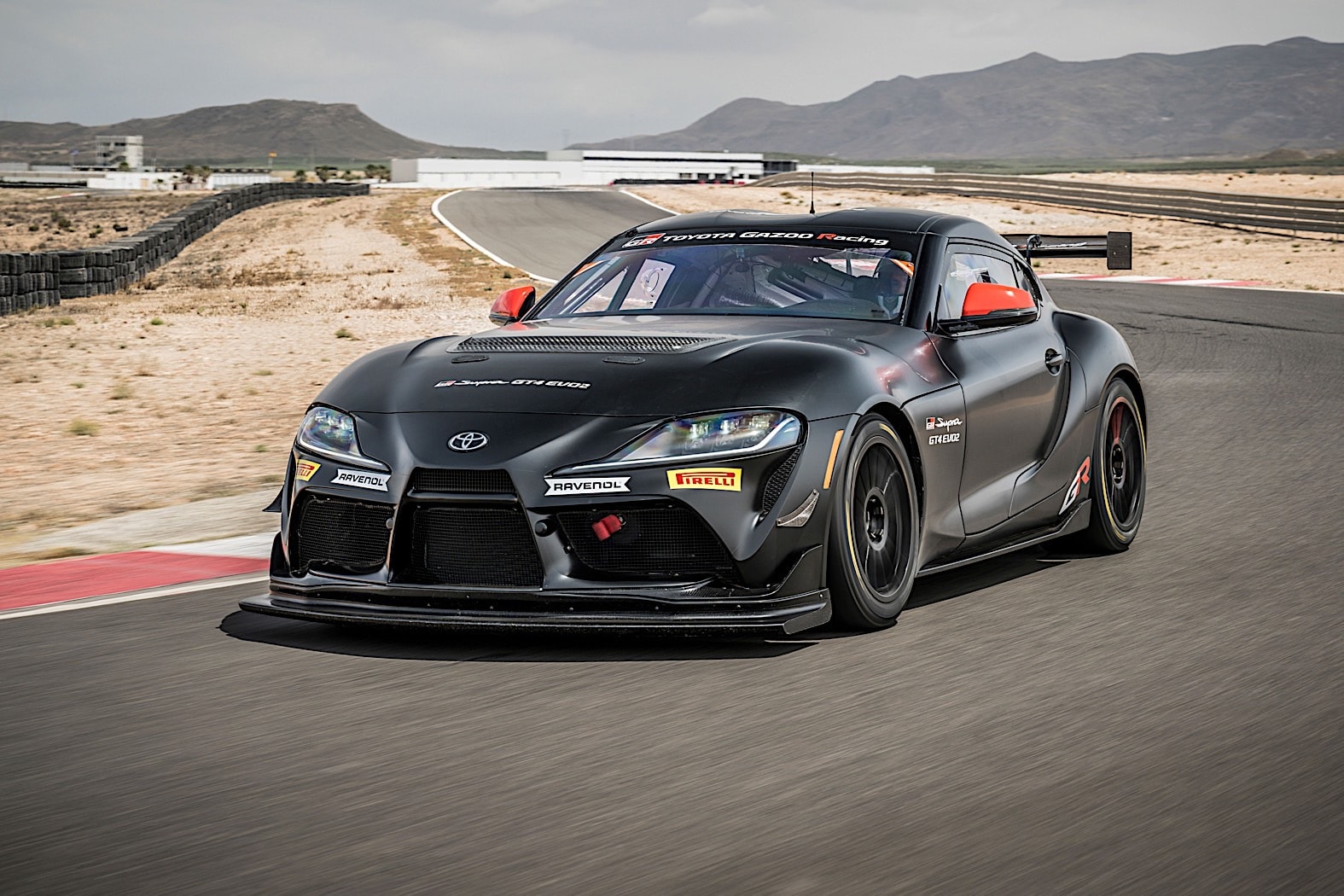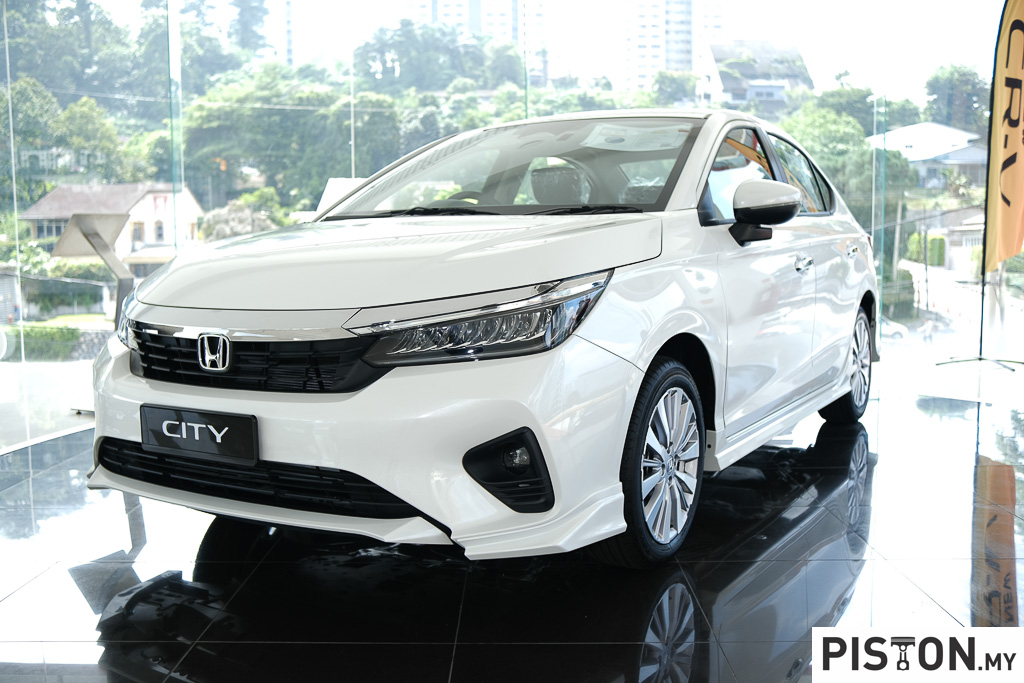In the past, Honda Malaysia would usually take us to Thailand to get first impressions of a new model and we would get to drive it some distance in places like Chiangmai or Phuket. However, with border restrictions due to the pandemic, that is no longer possible so they organized a brief drive at the Sepang circuit before the launch of the new Civic and then arranged for a media drive to Penang and back (not during the Hari Raya period, of course). Here’s what Chips Yap found out about the C-segment leader…
Whenever I look at the recent generations of Honda Civics, I am always struck by how the model has grown in size since it first appeared in the 1970s. When I tested the first generation, it was just a small hatchback and it was even smaller than a Proton Iriz. But then again, cars back then were also smaller (besides being cheaper too).
With most generation changes, there was a constant increase in length but (disregarding the first generation which was only a hatchback) it was from the fourth generation to the fifth one which came at the beginning of the 1990s that saw the greatest increase of all the generations to date. From around 4230 mm, the overall length extended to around 4450 mm – a 220 mm difference. The growth in size could have been due to the fact that Honda had begun making the Civic in America and its popularity had grown quickly, so it needed to be more ‘rightsized’ for that market.
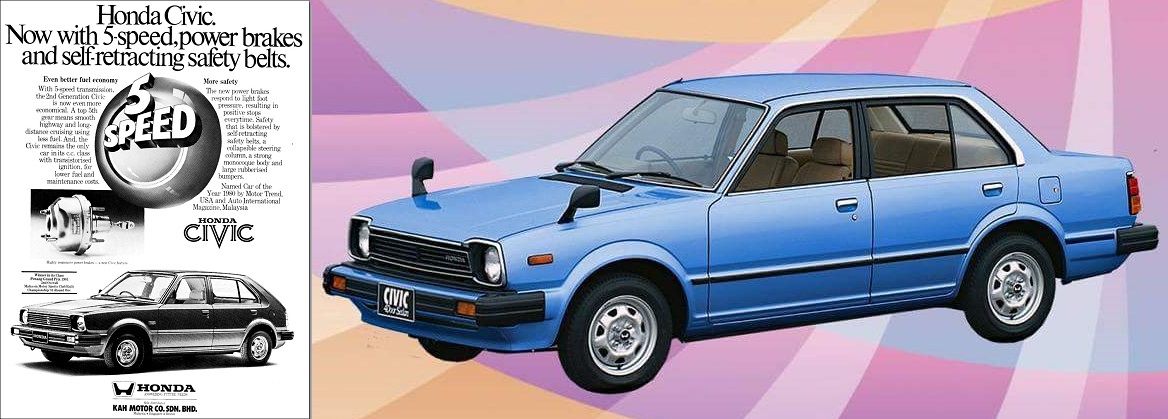
In time, it would be the US market that kept the Civic line alive and evolving because in Japan, it was no longer favoured. In 2009, out of the 609,000 units sold globally, only 9,000 were sold in Japan, and in the following year, Honda decided to stop selling it. It brought back the model in 2017 but still its appeal remained low as buyers preferred compact models and the mini MPVs. By 2020, the company again decided to stop Civic sedan sales in Japan when only 1,619 units were sold in the entire year.
However, outside Japan, the Civic has remained a popular model; although it had started as an entry-level model with low pricing, it gradually moved out of that level and further up the market (which saw the City being introduced to take over its place). Nevertheless, in markets other than Japan, it had a following that kept volumes high enough to justify its continued existence to arrive at the 11th generation which we now have.
While the Civic continues to appeal to generally younger buyers, the latest generation has given up some of its bolder styling elements this time round. Unlike the 10th generation which had a major design change from its predecessor, an evolutionary approach has been taken. The overall size is close to the 10th generation, increasing in overall length by 30 mm with a marginally longer wheelbase as well.
The totally new frontal appearance suggests that the EXCITING H!!! DESIGN philosophy which was adopted in 2013 has been finally changed to a ‘New Age Identity’ that is thin and light look. There are still remnants of the Solid Wing Face but it is a much simpler form to complement the low bonnet and front fenders.
Also gone are the crab claw tail lights which gave the 10th generation a distinctive visual signature from afar. The new LED units wrap around the corners and taper towards the centre, generating s visual signature too but nothing really unique.
Models that have gone through as many generations as the Civic has – over almost 50 years – usually become more mature, just like humans do. And so it is with the styling which is still polished and has the premium look but maybe not as aggressive as the model before. It still has sporty undertones with the roofline flowing smoothly to the rear end and the repositioning of the A-pillars further back visually stretches the bonnet line.
The drive route took us through Ipoh and gave good insights into the new car’s behaviour in various conditions. Though Honda says that noise levels are reduced, there were times when it seemed that noise from the rear was still not much changed. We would put it down to the widely varying quality of road surfaces in our country as there were times when things were quieter and the level of vibrations felt was also low.
Although the CVT was available in Malaysia as far back as the 1980s (in just a couple of models), it’s only over the past 10 years or so that it’s become mainstream and I think it was Honda that was the first major brand to offer it in Malaysia with the first Jazz. Enthusiasts dislike CVTs because of its non-linear power delivery and most people cannot stand that ‘rubberband’ characteristic when accelerating hard. But the newer CVTs, like the one in the Civic, have improved feel and less mechanical noise evident though it is still not the same as a conventional automatic. With the RS model we tested, you get paddle shifters which are useful on twisty roads when you want better control.
While it’s the same powerplant as before, the 1.5-litre turbocharged 4-cylinder engine has improved output with an additional 10 ps and 20 Nm to push total output to 182 ps/240 Nm. It feels a little bit slow off the line but that generous torque gives it strong muscles once on the move. High speeds can be sustained easily and there’s quick responsiveness when you need an additional burst of speed to overtake.
The Civic is still a sporty handler, instilling confidence and able to give the driver an entertaining time behind the wheel with its agility around corners. Matching the mature looks, the ride is composed with a balance of sportiness and comfort. Thanks to increased body rigidity, roll is negligible and the suspension does a decent job of flattening most road imperfections but could do a better job of making potholes ‘disappear’.
For me, the highlight of this Civic generation is the dashboard. When I saw the first pictures of it, I somehow immediately had recollections of older Honda models. Friends who, like me, had been in those models of the 1970s, also felt the same way and it has something to do with the honeycomb grille that runs across the entire dashboard. It’s classy in a classic sort of way and I think that just as the designers of the Honda e looked back at the early models for the dashboard design, the interior designers of the new Civic also studied designs that predecessors adopted.
The whole dashboard has been visually decluttered, a change from the previous one, and even the air vents seem to be absent. But they aren’t – they are actually hidden under the finely detailed grille (which is metal, not plastic). The vents are adjusted by small handles which resemble joystick controllers so Gen Z should be right at home with them.
The other thing about the dashboard design is that the interior designers have paused on the rush towards digitizing everything and putting controls on display panels. It may seem like the way to go but there are practical reasons why rotary controls and physical pushbuttons are still better and the Civic shows this sensible thinking. There are three rotary knobs to adjust the air-conditioner blower speed and temperature and this is how it should be because these are operations you do not want to have to look at a panel to do. Most of the time, they are done intuitively, without looking, and that’s better for safety.
With adjustments done on a screen, I’ve found that you need to look at the screen and then precisely press a spot on it to adjust something. That’s not so good when you’re driving so Honda has got it right with the Civic, leaving the on-screen buttons as one-touch operations. Oh, the large icons on the 9-inch centre display are also appreciated and most of all, operations are intuitive enough.
It doesn’t need saying that the fit and finish are top-notch and being the RS version, there’s also a premium touch (for extra money, of course). I spent some time in the back seats and they have good form and function with the concaved cushioning providing good support and generous space on the floor. There’s good width for 3 persons to sit comfortably too with the body now having been broadened up to 1.8 metres, the widest ever in 11 generations.
The Honda SENSING driver assistance suite for the Civic RS has improved functionality and consists of 9 active safety systems. There’s now a Lead Car Departure Notification System which alerts the driver when the vehicle ahead moves off though I’m not sure if that’s really needed. But the Driver Attention Monitor is good as it could save a driver from dozing off and crashing. It monitors the way the car is being controlled and if there is unusual driving behaviour, the driver will be alerted (and should pull over for a break).
I used to disregard the value of lane-keeping systems but driving the Civic RS, I could see that apart from enhancing driving safety, the system can also help reduce fatigue on long journeys. Basically, the system will monitor lane markings and maintain the car in the middle. If there is too much deviation to one side or the other, there will be alerts but if the driver still does not take corrective action, then there will be gentle steering action to guide the car back into position.
While this may seem intrusive to some, I came to realise that when we drive, there is some adjustment of the steering to keep the car in the lane. You do it consciously or sometimes even unconsciously and it is something that requires a tiny bit of effort. If the lane-keeping system does this, then that effort is unnecessary and as I drove along gently winding roads, I noticed how the steering would turn by itself slightly as the road curved. And if you have the adaptive cruise control on, then you can enjoy a preview of autonomous motoring as well!
I’ve mentioned Honda LaneWatch a few times and praised it and I will again say it’s one of Honda’s great innovations which is now available in most models. It provides (on the screen) a view of the left side of the car whenever the left signal is activated and the good thing is that the head does not have to turn as much as if it had to look at the door mirror. Also, the small camera mounted on the mirror captures clear images at night so you get a better view. The LaneWatch display can also be manually activated by pressing on the button on the tip of the right stalk if there is a need to take a look at any time.
One thing which surprised me though was that, because the LaneWatch display uses the same centre panel, when it comes on, it dominates the screen. So if you’re looking at a map that was mirrored using Android Auto or Apple CarPlay, it will suddenly ‘disappear’. The first few times it happened, I found it a bit disconcerting as it would happen at that moment when I was watching for a turn. But then again, you can get used to it and live with it.
Sadly, the cost of the Honda LaneWatch system has been high and last year, Honda said that it would eventually stop offering it and go for more conventional blindspot monitoring systems like in other cars. It’s a pity because I thought they had found a way to reduce the cost in the newer models with a separate camera mounting.
The Civic RS version we drove is the top version of the latest range and it’s priced from RM144,350.09 (without insurance and sales tax exemption only till June 30, 2022). If it’s within your budget, the extra amount you pay over the other two variants is well worth the money. It comes loaded with all the latest features and being a Civic – and a Honda – you can be sure that it will not only be reliable but also hold its value well.
New Honda Civic gets top safety rating from ASEAN NCAP (w/VIDEO)





